The PowerReviews Ever-Growing Power of Reviews report is based on survey responses from 6,538 consumers across the Usa. Central findings include:
Reviews have always been of import to consumers. They've go even more important.
- Today, more than than 99.ix% of consumers say they read reviews when shopping online at to the lowest degree sometimes. In 2018, this number was 97%.
- Over half (57%) of shoppers read reviews while shopping in brick-and-mortar stores to assess potential purchases.
- 98% of consumers feel that reviews are an essential resource when making buy decisions, up from 89% in 2018.
- Ratings and reviews have become the most of import gene impacting buy decisions, ranking above cost, free shipping, brand and recommendations from family and friends. In like surveys we fielded in 2014 and 2018, price was the most important factor.
Shoppers choose websites based on the availability of reviews.
- 79% of consumers specifically seek out websites with product reviews, up from 63% in 2018. Millennials are the generation well-nigh likely to seek out websites with product reviews — 85% do then.
- The nearly popular places for shoppers to read reviews include Amazon (95%) retailer websites (93%), make websites (68%) and search engines (65%).
Review quality, quantity, and recency all thing to shoppers.
- 77% of consumers say the average star rating is an element they consider when reading reviews. But 52% don't trust star ratings without accompanying review content.
- The greatest portion of consumers (53%) read between one and 10 reviews. Nevertheless 68% say that in an ideal earth, a product would take 26 or more reviews.
- 71% consider recency when reading reviews. The biggest portion of shoppers (34%) look for reviews for a production that are between a week and a month old. A quarter look for reviews that are betwixt ane to 3 months old.
Negative reviews are an important tool for modern shoppers.
- 96% of consumers specifically look for negative reviews at to the lowest degree sometimes. In 2018, that number was 85%.
- Over half (52%) of shoppers specifically seek out one-star reviews. This number is fifty-fifty higher — 60% — amidst Millennial shoppers.
- 46% of shoppers are suspicious of products with an boilerplate star rating of 5 out of five. This number is even higher — 53% — among Gen Z shoppers.
In the long history of commerce, reviews are a fairly new concept. But it'south one that'southward certainly defenseless on quickly.
Today, it's mutual for consumers to consult reviews when they're shopping for products, looking for restaurants, weighing their options for their next vacation, or even selecting a care provider for their child. And that's merely a few of the many scenarios in which people seek out reviews to guide decisions.
Consumer dependence on reviews continues to grow. When we surveyed consumers in 2018, we institute that 97% consulted reviews — and 89% considered this content to be an essential component of the purchase journey.
Today, nearly all consumers — 99.9% — read reviews, and 98% consider them to be essential. That'due south considering reviews are an accurate, unbiased source of information that empowers shoppers to make informed purchase decisions.
A growing number of consumers value reviews. As such, brands and retailers must make information technology a priority to provide easy access to this content. In fact, according to Forrester, reviews have become table stakes.
"Reviews are just tabular array stakes now. If you want to sell online, yous accept to accept them — and the more the better."
Sucharita Kodali Principal Analyst, Forrester
If you don't provide your shoppers with the content they seek, you risk losing customers — maybe for good. As you'll encounter as yous read through this report, a staggering 86% of online shoppers (and 51% of those who shop in-store) say they but won't buy products without reading reviews kickoff.
Brands and retailers must effectively leverage reviews in club to attract and convert shoppers. But beginning, it's important to have a pace back and understand the function of reviews in the path to buy — and how that role has evolved over fourth dimension.
PowerReviews surveyed more than 6,500 U.Southward. consumers with the goal of understanding the value they identify on reviews — and how the presence (or lack of) this content impacts shopping behavior online and in-store. We also wanted to understand how the part of ratings and reviews has evolved in the 3 years since we fielded a similar survey, and you'll find comparisons noted throughout this report.
This report shares the findings from this survey and offers data-based recommendations for brands and retailers looking to more effectively leverage reviews to meet customer expectations and – in doing so – boost their bottom lines.
Traditionally, if a consumer wanted to hear about the experiences of other shoppers, they'd ask their family unit and friends. Merely today, a growing number of consumers seek out the opinions of fellow shoppers by reading reviews.
Over the final decade, ecommerce has experienced meaning growth in line with the increasing influence of technology and the net on everyday lives.
At the aforementioned time, shopper dependence on reviews has as well grown. And this is no coincidence. When consumers are shopping online, they don't have the opportunity to see and affect a product in person before making a buy. So reading virtually the experiences of others similar them becomes more than important.
In 2018, 97% of consumers consulted product reviews when making buy decisions, upward ii per centum points from 2014. Today, 99.nine% of consumers say they read reviews when shopping online at least sometimes. Of those shoppers, 61% say they always read reviews and a third indicate they do and so regularly.
Clearly, reviews are of import for online shoppers. But consumers also turn to reviews when they're shopping in physical store locations. In fact, over half (57%) of shoppers bespeak they read reviews while shopping in brick-and-mortar stores to assess potential purchases.
Of note, Millennials are the generation most probable to check reviews while shopping in-store. 63% do so. In comparison, merely over a 3rd of Boomers read reviews in-store.
Reviews have get an of import tool for online and in-shop shoppers alike. Customer-axial brands and retailers must ensure shoppers can easily access review content — regardless of the device they employ to shop.
We know that nigh all online shoppers read reviews — and half of in-store shoppers do so. This content likewise has a strong influence on buy behavior.
There are myriad factors shoppers must counterbalance when making purchase decisions, including price, brand and render policy — just to name a few. Only which factors deport the virtually weight when information technology comes fourth dimension to make a purchase decision?
In yr's past, consumers indicated that reviews were the second well-nigh important gene — with price being the summit consideration. But this year, we found that ratings and reviews have really surpassed price every bit a top purchase consideration!
The presence of reviews also has a bigger impact on purchase behavior than other of import factors including free aircraft, brand and even recommendations from family and friends.
Reviews are so influential that many shoppers merely won't make purchases without reading this content first. In fact, 86% of consumers don't purchase products online without reading reviews, up from 70% in 2018.
And today, 51% don't buy products in brick-and-mortar stores without start reading reviews. In comparison, just over a third (39%) of shoppers indicated this was the case in 2018.
What'south more than, nearly half (44%) of consumers won't buy a product if in that location are no ratings or reviews available for it. Younger generations — Gen Z and Millennials — are even more likely to carelessness a purchase if in that location are no reviews bachelor for a production they're because.
Nevertheless, it's worth noting that 59% of shoppers bespeak they're more likely to buy a product without reviews if other products from the same make have high overall ratings. Of grade, information technology's important to generate reviews across your entire product catalog. However, it's clear that a strong online reputation tin can assistance yous earn the trust of shoppers — fifty-fifty when you haven't yet generated reviews for a given product.
Reviews empower consumers to make informed purchase decisions, whether they're shopping online or in-store. Simply are there certain circumstances when reviews are specially important?
At that place'southward a certain amount of risk involved with buying a new product. No matter how much inquiry a shopper has done, at that place's no certain fashion of knowing that a product will fit their needs. The adventure is even higher if the product is expensive.
So information technology's probably not surprising that 80% of consumers indicate that the more expensive a production is, the more than they read reviews. This aligns with inquiry we did with Northwestern University , which institute that reviews are especially impactful for high consideration items, which are defined every bit those that pose a risk due to a number of factors, including expense.
Interestingly, the college a consumer's income, the more likely they are to concord that the more expensive the production, the more they read reviews.
In addition, the younger the consumer, the more likely they are to indicate that they read more reviews for expensive products.
Consumers plow to reviews when shopping for a diverseness of different types of products. But do reviews matter more for specific product categories?
The superlative product category for review consumption is electronics; 95% of consumers indicate that reviews are helpful when shopping for these products. Electronics are typically loftier priced products, and so this aligns with our previous finding about reviews being more important for expensive items.
Consumers also value reviews for categories including appliances (87%), wellness and beauty (83%), computers (81%), habiliment (75%), shoes (68%), domicile and garden (67%), toys (54%), groceries (42%) and infant (40%).
Clearly, reviews thing across a wide assortment of production categories. Then it'due south essential to collect and display enough of this content, regardless of the types of products you sell.
The presence of reviews impacts where consumers choose to shop. And when they shop on websites and apps with reviews, they're more likely to convert.
When shopping online, 79% of consumers specifically seek out websites with production reviews. This is up from 63% in 2018 and 57% in 2014.
Notably, 85% of Millennials seek out websites with reviews, compared to 70% of Boomers.
And when mobile shoppers discover reviews, they're more likely to convert. 88% of consumers indicate they're more than probable to buy an particular when shopping from a mobile device if a website or mobile app incorporates product reviews. In 2018, just over three quarters (77%) of mobile shoppers indicated this was the case. And in 2014, the number was 70%.
We know that the majority of shoppers are reading reviews on Amazon, retailer and brand sites. Now, let's take a closer look at how shoppers are engaging with this content once they've institute it.
The majority of online shoppers (and one-half of in-store shoppers) read reviews. But how many reviews do they typically read before making a purchase?
The greatest portion of consumers (53%) read between 1 and 10 reviews, and an boosted 29% read between xi and 25 reviews. The remaining xviii% of consumers read 26 or more reviews.
Of course, the quantity of reviews a shopper reads varies depending on the product they're purchasing. For case, a shopper probably reads more reviews when purchasing a calculator than they do when purchasing a new toothbrush. So information technology's important for brands to focus both on review coverage (the number of products that have reviews) and review quantity.
Some review displays offer a search feature that allows shoppers to find existing content that's relevant to them. For example, let's say a consumer is shopping for a pair of athletic pants.
She'southward tall, and she wants to know how a detail pair of pants have worked for others of similar acme. So she types "tall" into the search box and finds reviews that specifically accost this.
When there's a search pick available, 93% of consumers indicate they'll employ information technology at least sometimes. And 64% say they use this characteristic regularly or e'er.
What'south more than 84% of shoppers find the search characteristic at least somewhat helpful when assessing potential purchases. And 42% consider the ability to search through existing reviews to be very helpful.
It's great news that and then many shoppers use and value review search. After all, our previous analysis of 1.5MM online production pages from more than 1,200 brand and retailer sites establish that shoppers who use the search feature on a product page convert at a charge per unit that's 202.9% higher than boilerplate.
If you don't already have search functionality on your review display, consider adding it. Doing then can take a significant impact on sales!
Consumers who use the search feature on a product page convert at a charge per unit that'due south 202.9% college than boilerplate.
Not all reviews are created equal. For example, a recent, detailed review is typically more than valuable to a shopper than an one-time, vague review that'south but a few words long.
Allow's explore the unlike elements of reviews that matter to shoppers — and how these elements impact shopping behavior.
As it turns out, consumers consider many elements when reading reviews. The elevation choice is the average star rating; 77% of shoppers say this is a cistron they consider when reading reviews.
Three quarters (75%) consider the quantity of reviews and 71% gene in the recency of reviews. Other peak factors include the length, depth and detail of the review content (56%) and the grammar and spelling inside the review content (32%).
Every bit you might predict, shoppers value a loftier volume of great reviews that yield a high average star rating.
Over three-quarters (77%) of consumers indicate that the average star rating is an chemical element they consider when reading reviews.
Only star ratings alone oftentimes aren't plenty to earn the trust of shoppers. Some ecommerce sites — including Amazon — offer shoppers the selection to leave a star rating, without an accompanying review.
There's no doubt this approach ensures a higher book of ratings. Withal, over half (52%) of consumers signal they don't trust this content every bit much as they do ratings accompanied by reviews.
Three-quarters of consumers say that quantity is something they consider when reading reviews. And as mentioned earlier in this report, the largest portion of consumers (53%) typically read betwixt 1 and x reviews before making a buy.
So it's interesting that in an ideal globe, 68% of consumers believe a given review should have 26 or more than reviews. xviii% feel a product should ideally have between 1 and ten reviews, and the remaining xiv% think between xi-25 reviews is ideal.
Though almost consumers read between one and 10 reviews, they want enough more content to exist available. This is probable because they want to be able to seek out (and find) reviews that are most relevant to them.
Consumers expect to find plenty of reviews almost products they're considering. Merely what'due south the minimum number of reviews a product needs to have for them to feel confident making a buy?
The largest portion of consumers — 41% — indicate that 1-10 reviews is the minimum needed for them to feel comfy purchasing a product. 40% say a production must have at least 26, while 17% betoken 11-25 is the minimum. The remaining two% say that 0 is the minimum.
Well-nigh iii-quarters (71%) of consumers signal that the recency of review content is something they consider when reading reviews. Furthermore, 51% admit they'd be less likely to purchase a product if all the reviews for information technology were over a twelvemonth old.
For many consumers, older reviews carry less weight. Simply how contempo must reviews exist in club for shoppers to consider them relevant?
The biggest portion of shoppers (34%) ideally want to be able to read review content for a product that is between a week and a calendar month old. And a quarter (25%) want to find reviews that are one to three months old. A practiced number of shoppers have extremely loftier expectations for fresh review content; 21% ideally want to discover reviews posted inside the most recent 7 days!
Conspicuously, recency matters. So be certain you have a collection strategy in place to ensure shoppers can e'er find fresh, recent review content.
As a customer axial business organisation, you work difficult to develop great products and experiences. So in an ideal world, all reviews your customers submit would be glowing. But the world isn't ideal and even the best products attract negative reviews. And every bit it turns out, that'south OK. Shoppers seek out negative reviews to make informed purchase decisions. And displaying this content helps you build trust with shoppers.
Today, a staggering 96% of consumers specifically seek out negative reviews at to the lowest degree sometimes, compared to 85% in 2018 and 82% in 2014.
And 69% ever or regularly seek out this negative content. Interestingly, Millennial (38%) and Gen Z shoppers (38%) are more than likely to betoken they always seek out negative reviews, when compared to Gen X (33%) and Boomer (28%) shoppers.
Most all shoppers seek out negative reviews to become a counterbalanced await at what they tin can expect from a product. What's more, over one-half (52%) of consumers explicitly look for i-star reviews.
It's worth noting that Millennials are the generation most probable to look for one-star reviews. 60% do so, compared to 40% of Boomers.
Remember: reading one-star reviews for a production won't necessarily deter a shopper from making a buy. In fact, if a client determines the worst instance scenario isn't a concern, they may buy the product anyway.
Example in point? Our recent assay of the bear upon of various UGC features found that 62.4% of shoppers that interact with the star filter feature on a review display specifically filter to read only 1-star content. And shoppers who do so still convert at a rate that's 108.8% college than the average page visitor!
Our enquiry with Northwestern University found that shoppers are nigh likely to purchase products with an average star rating between four.2 and 4.5. That's because a perfect star rating is perceived as likewise good to exist true.
In line with this research, our most recent survey found that near half (46%) of consumers are suspicious of products with a perfect average star rating (five out of five). This number is fifty-fifty higher — 53% — among Gen Z shoppers.
Resist the temptation to delete negative reviews. Consumers know that a product — no matter how good — can't be all things to all people. Past displaying negative reviews, you're letting shoppers know yous have nothing to hide. And that shows them you're a make they can trust.
Reviews were in one case a novel concept. Just today, they're an expected function of the purchase journeying, whether a consumer is shopping online or within the four walls of a brick-and-mortar store. Brands and retailers must make information technology a priority to collect and display reviews. If they don't, they'll lose customers to businesses that do.
Here are our tiptop half dozen recommendations based on the key findings of this study.







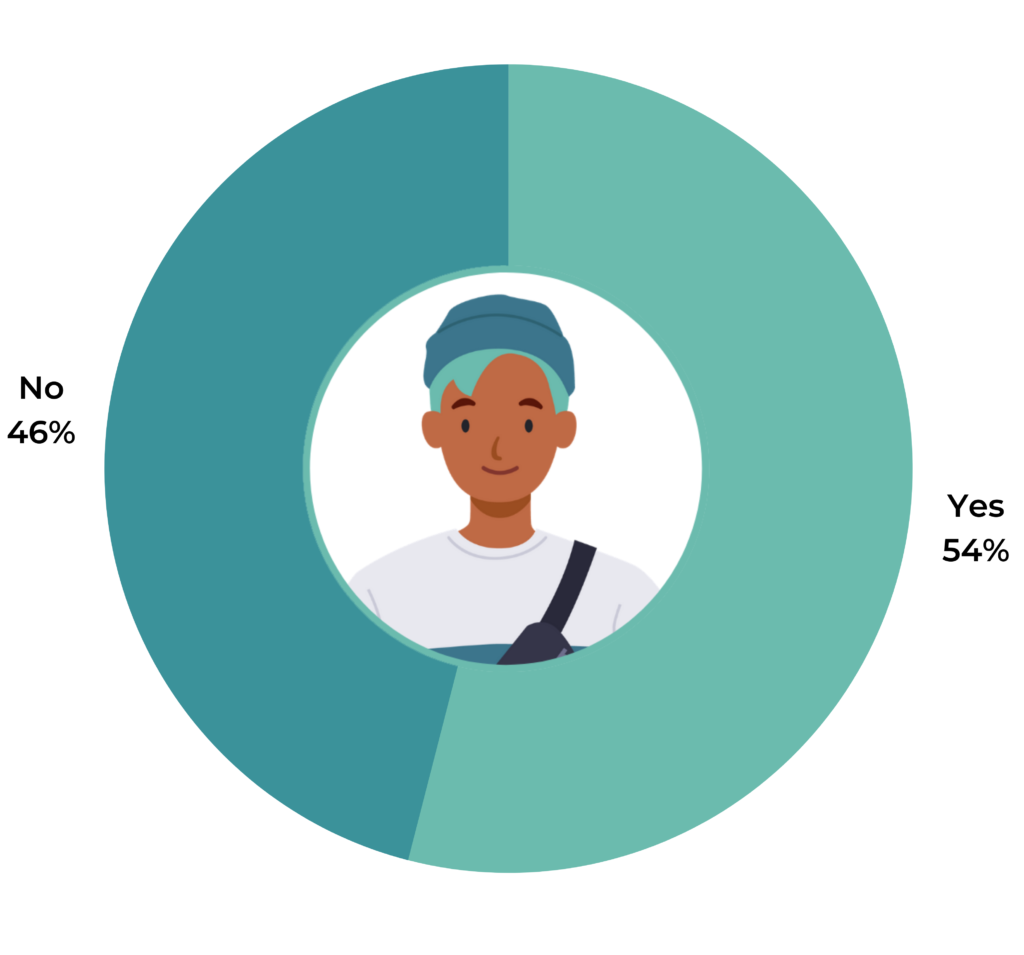
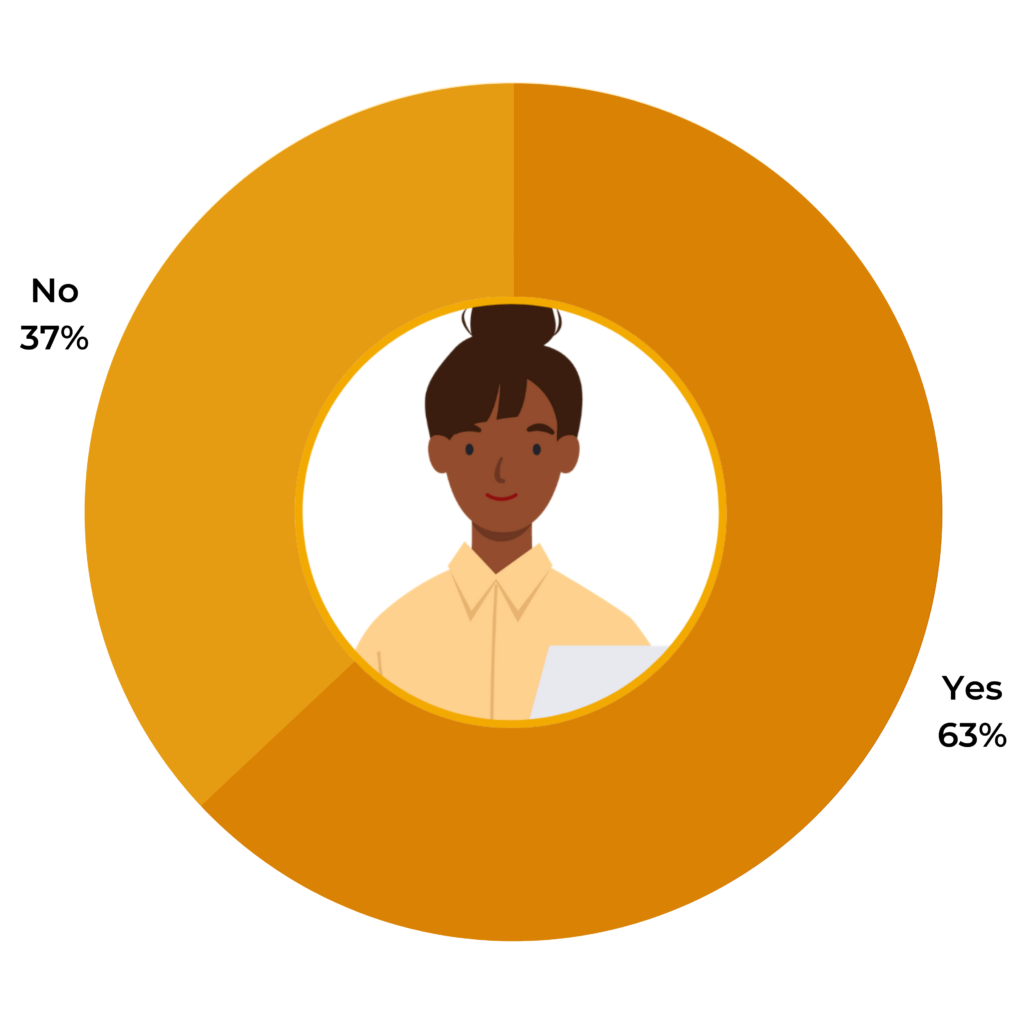
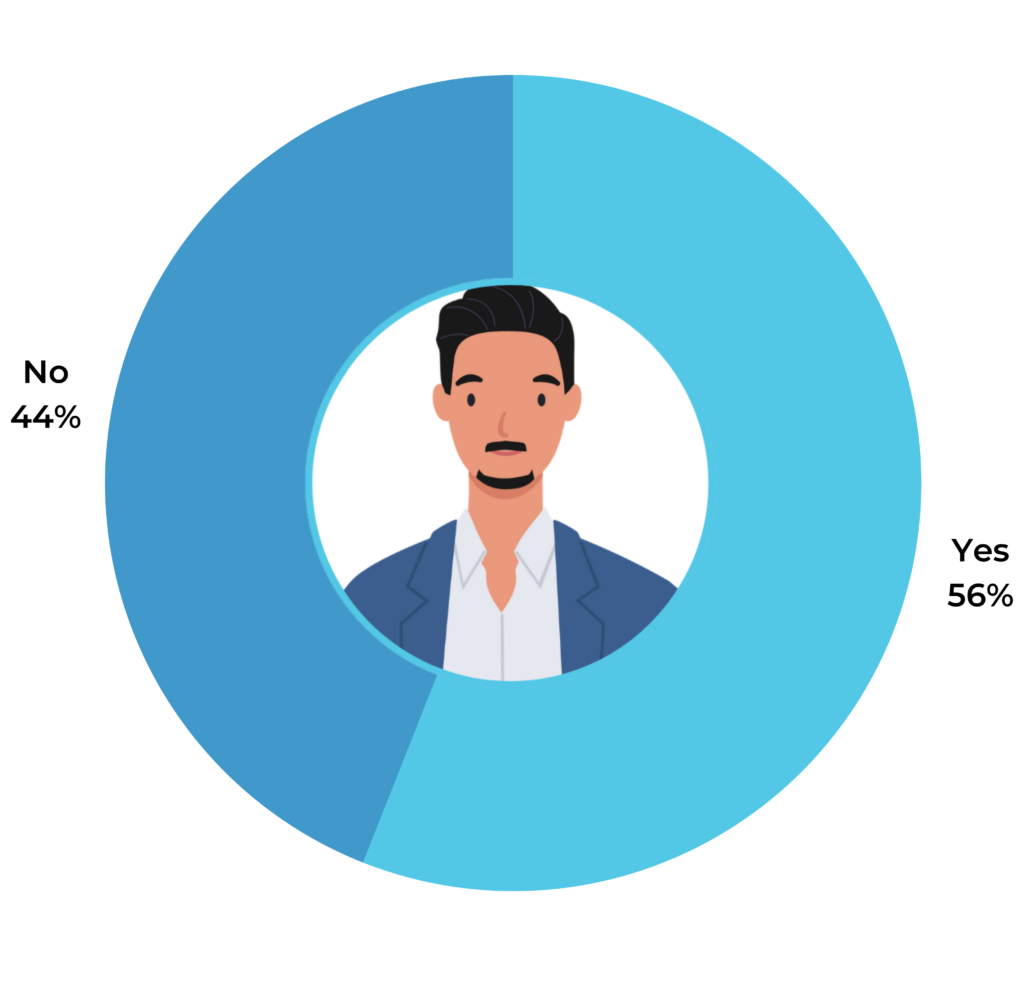
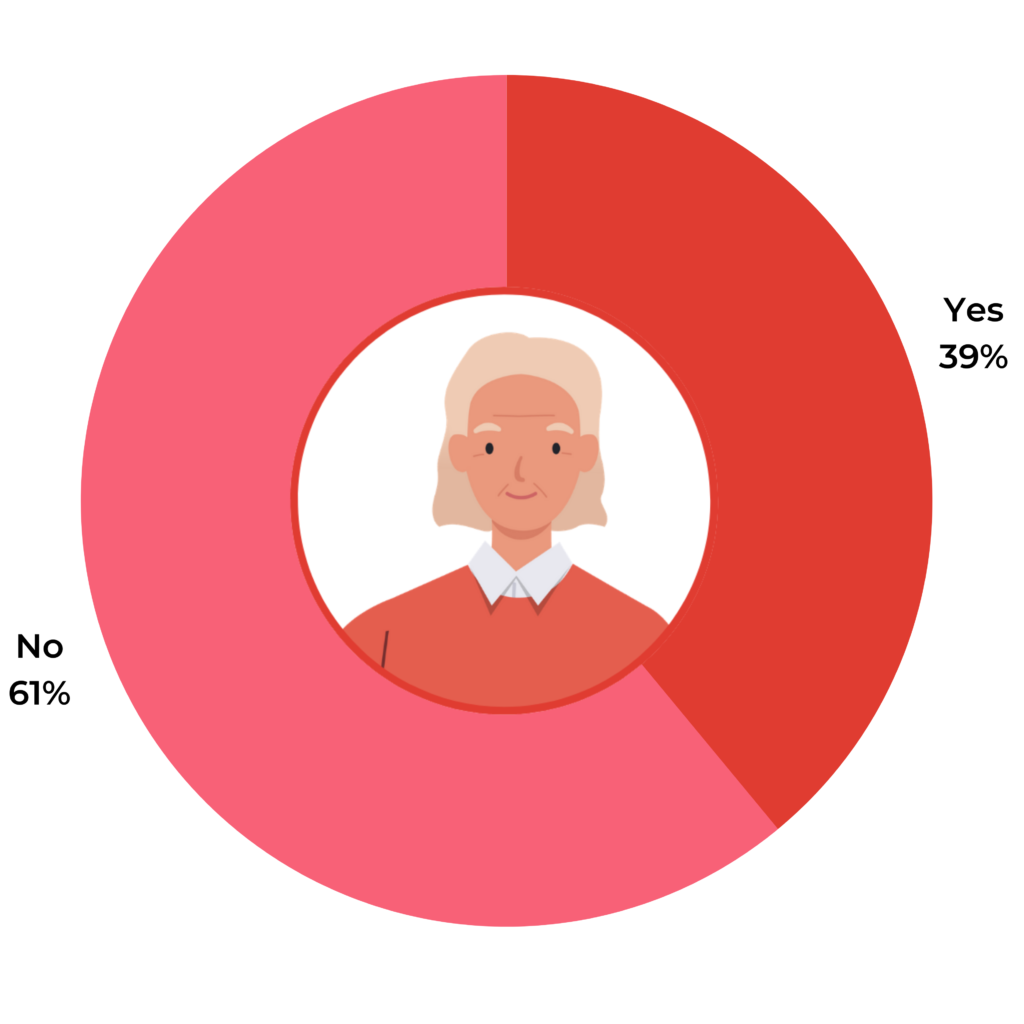

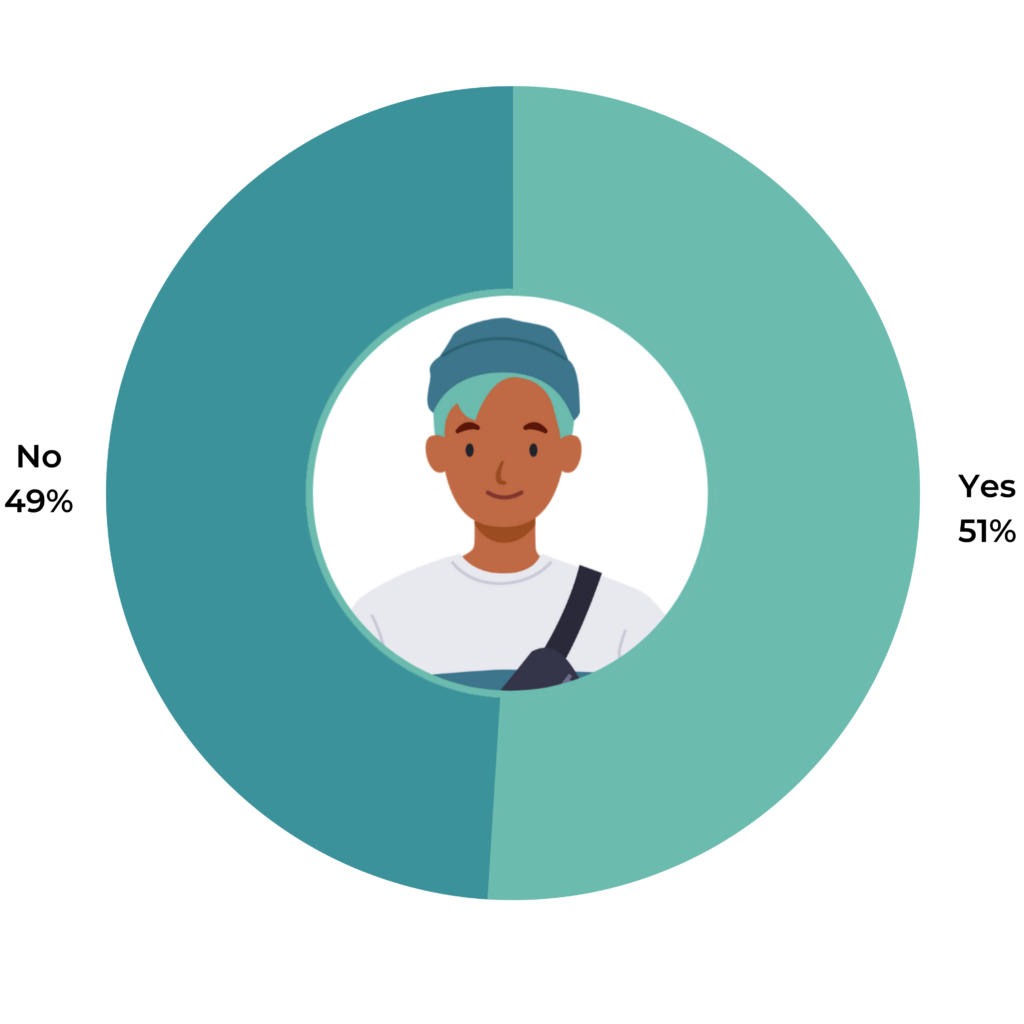
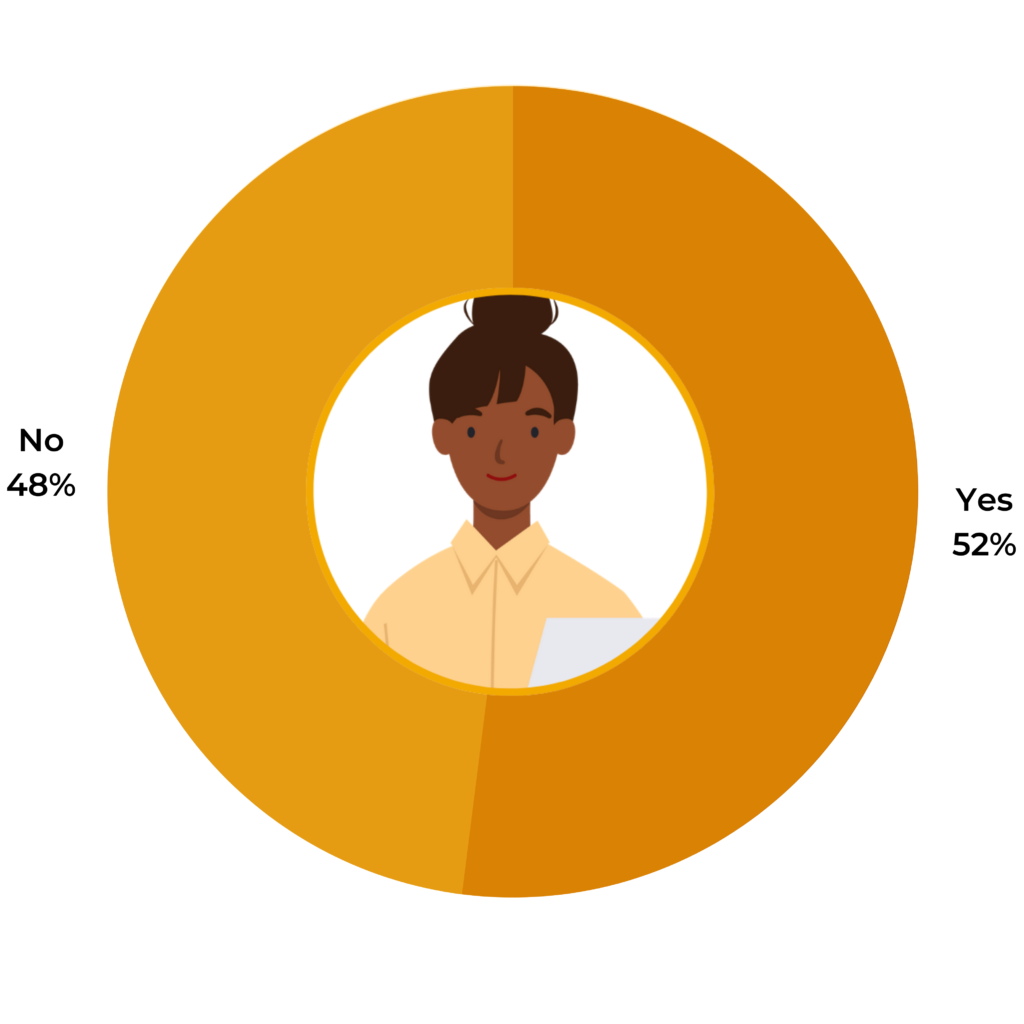
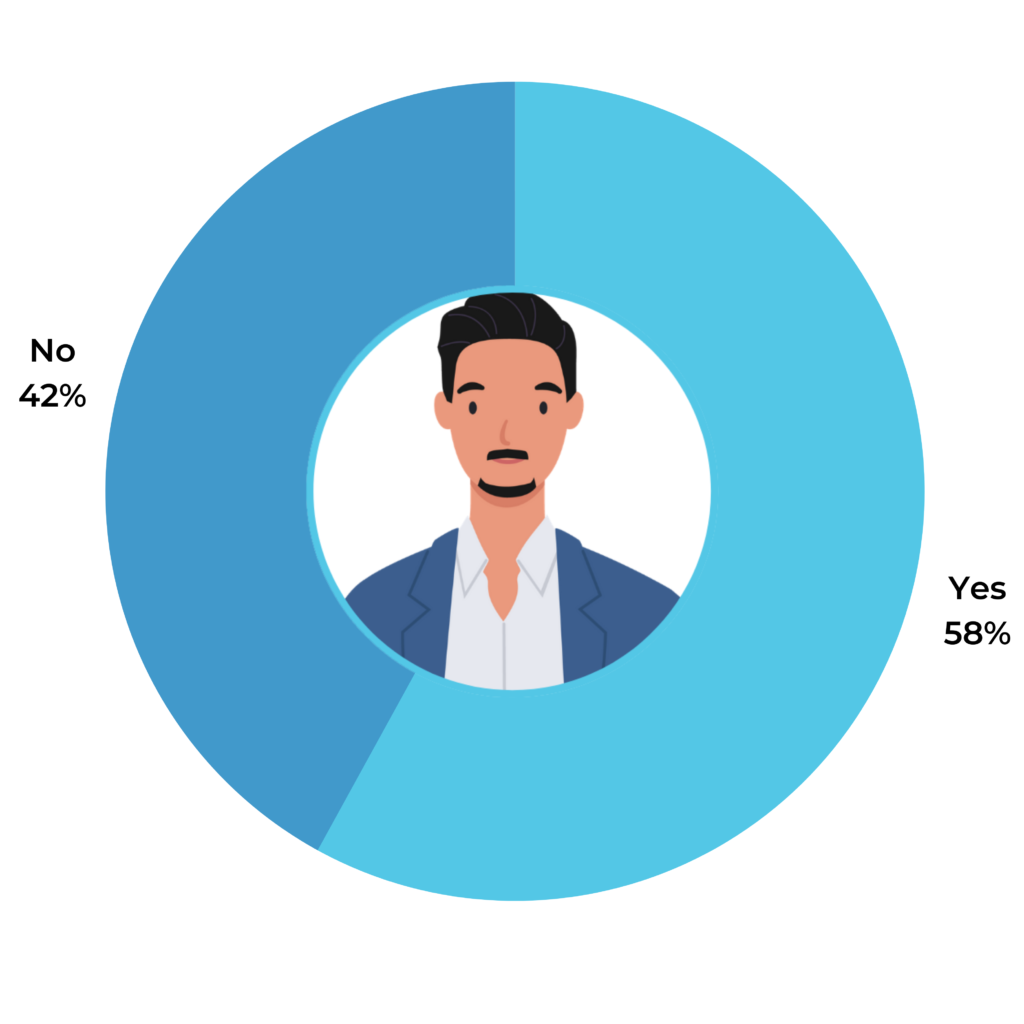
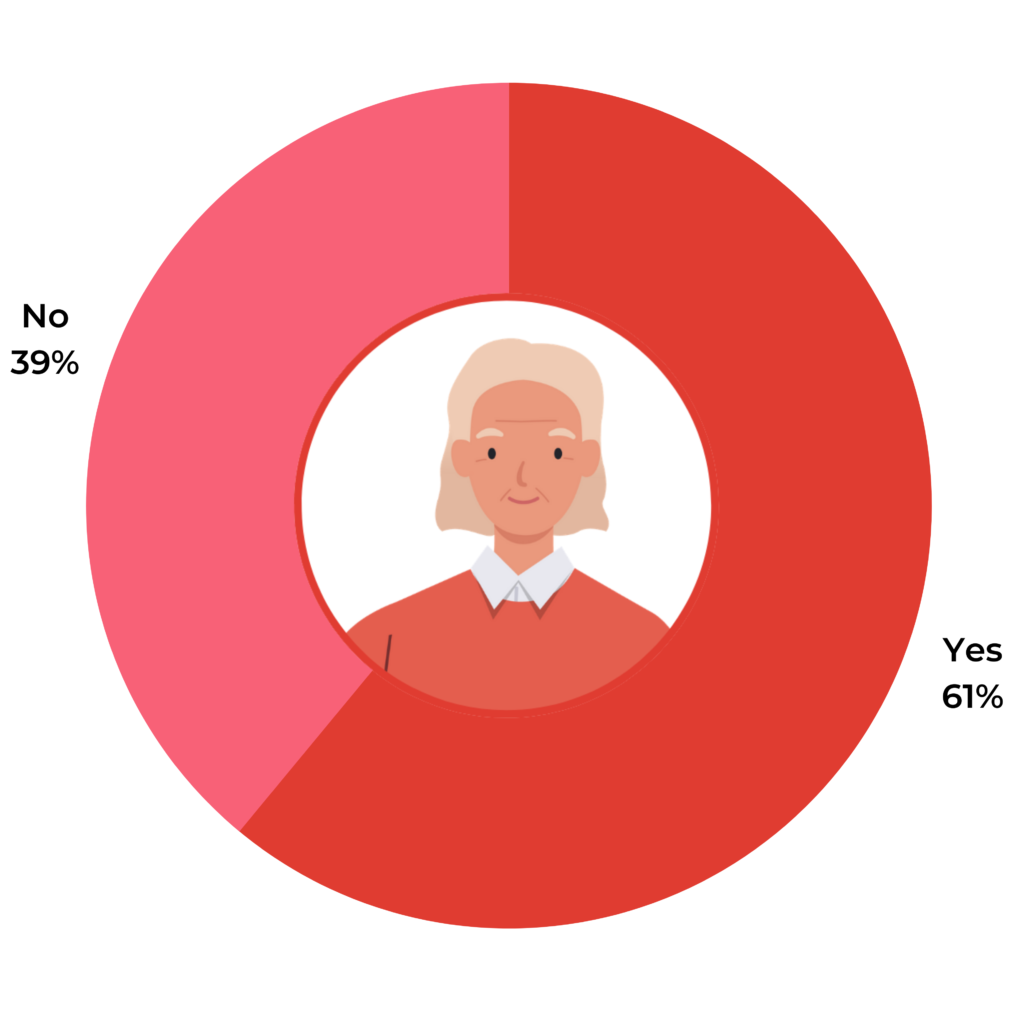

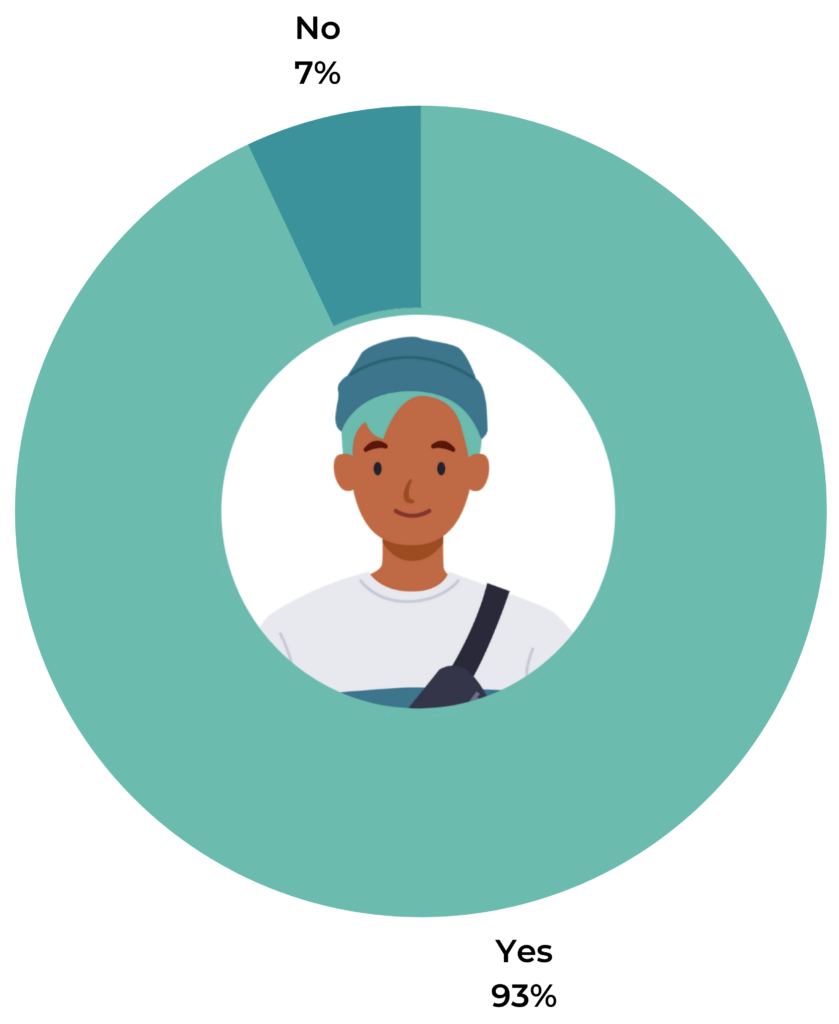
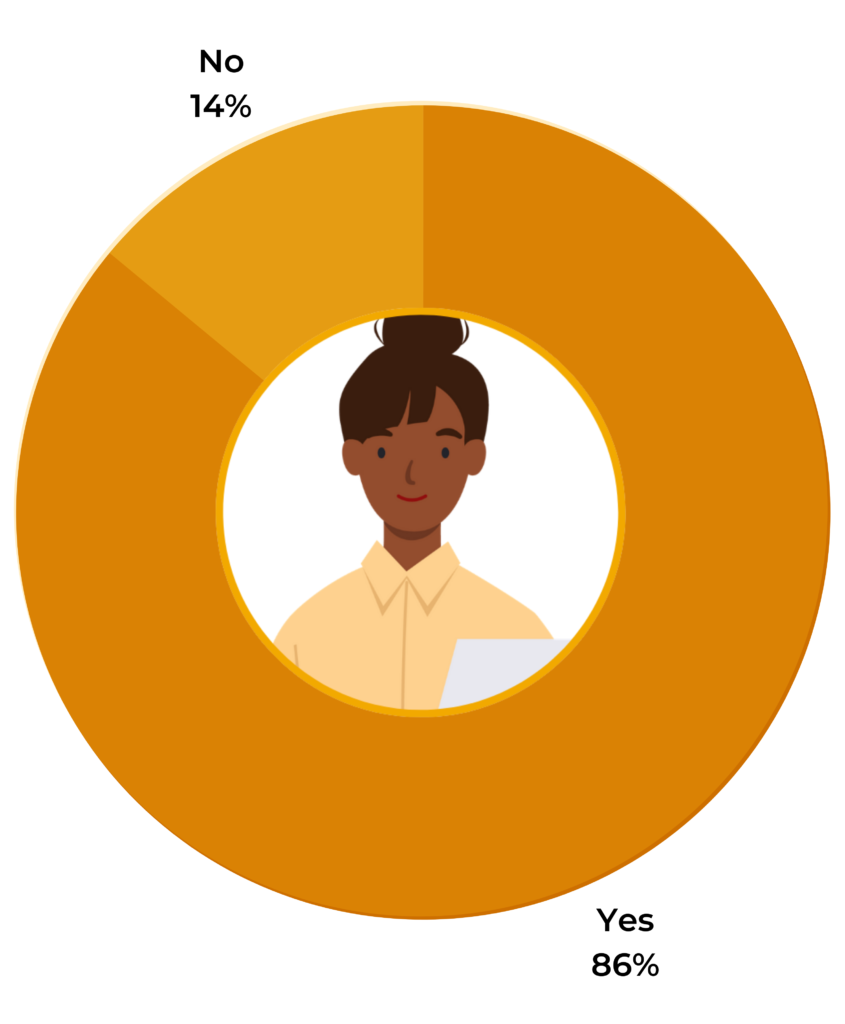
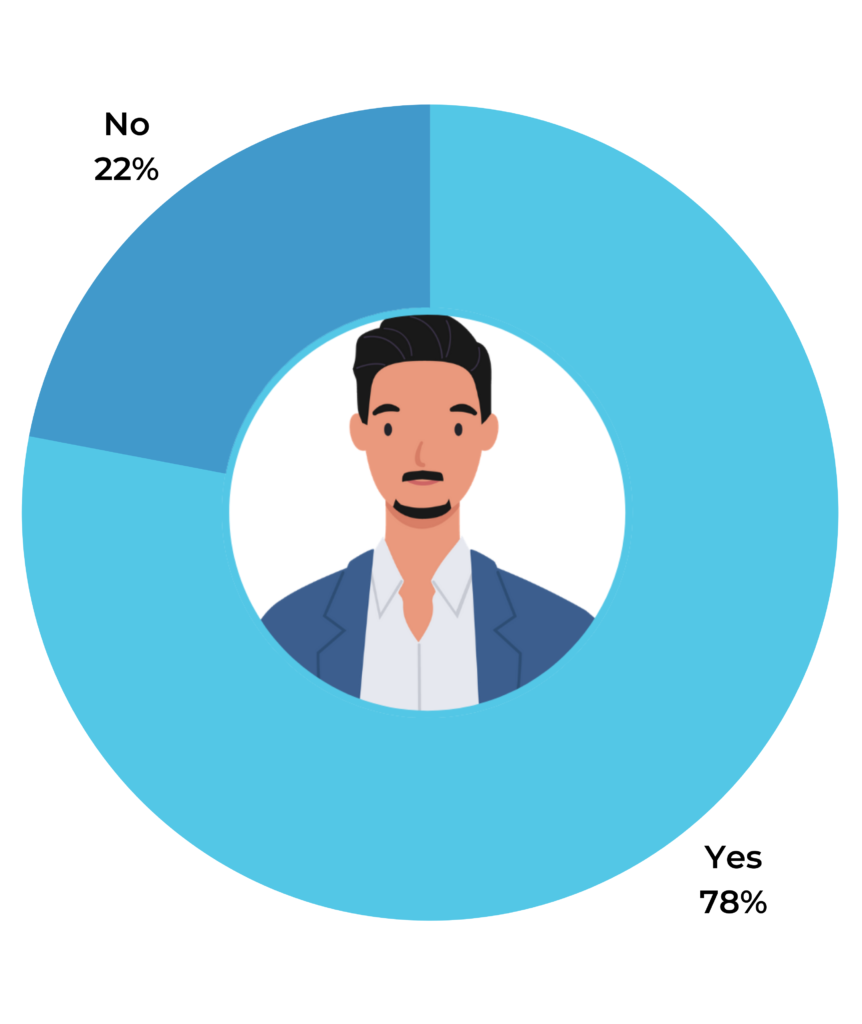


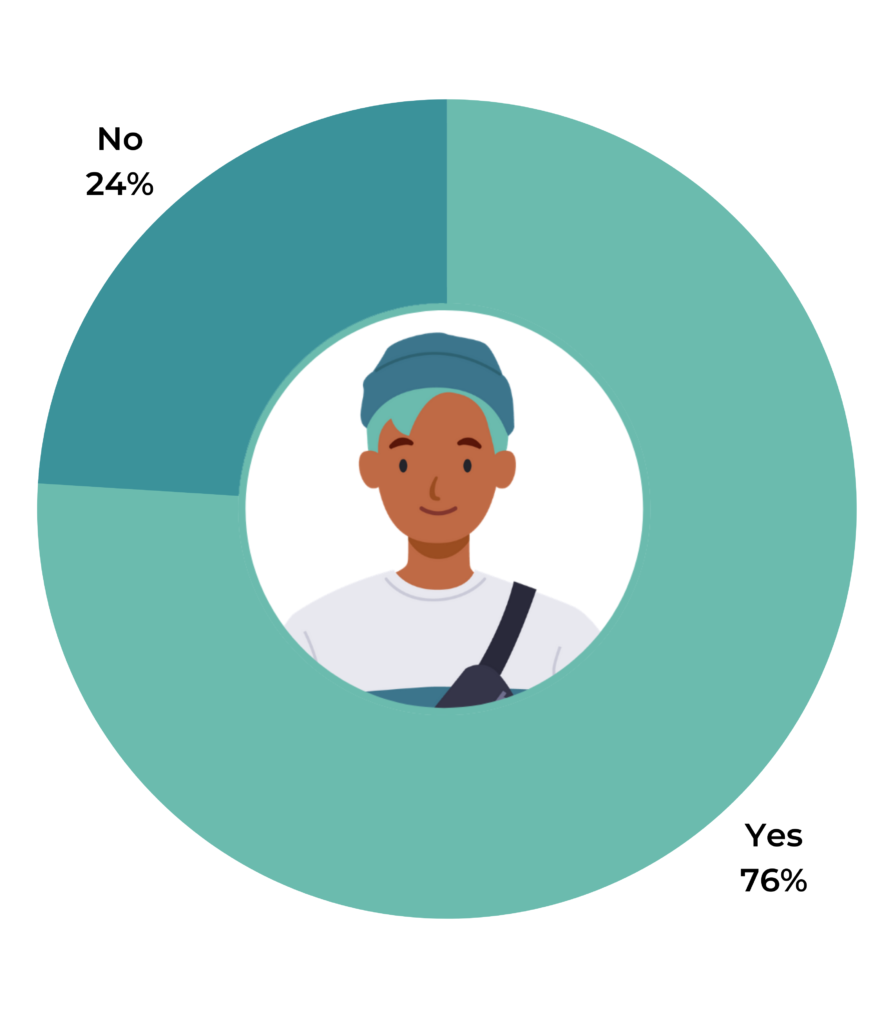
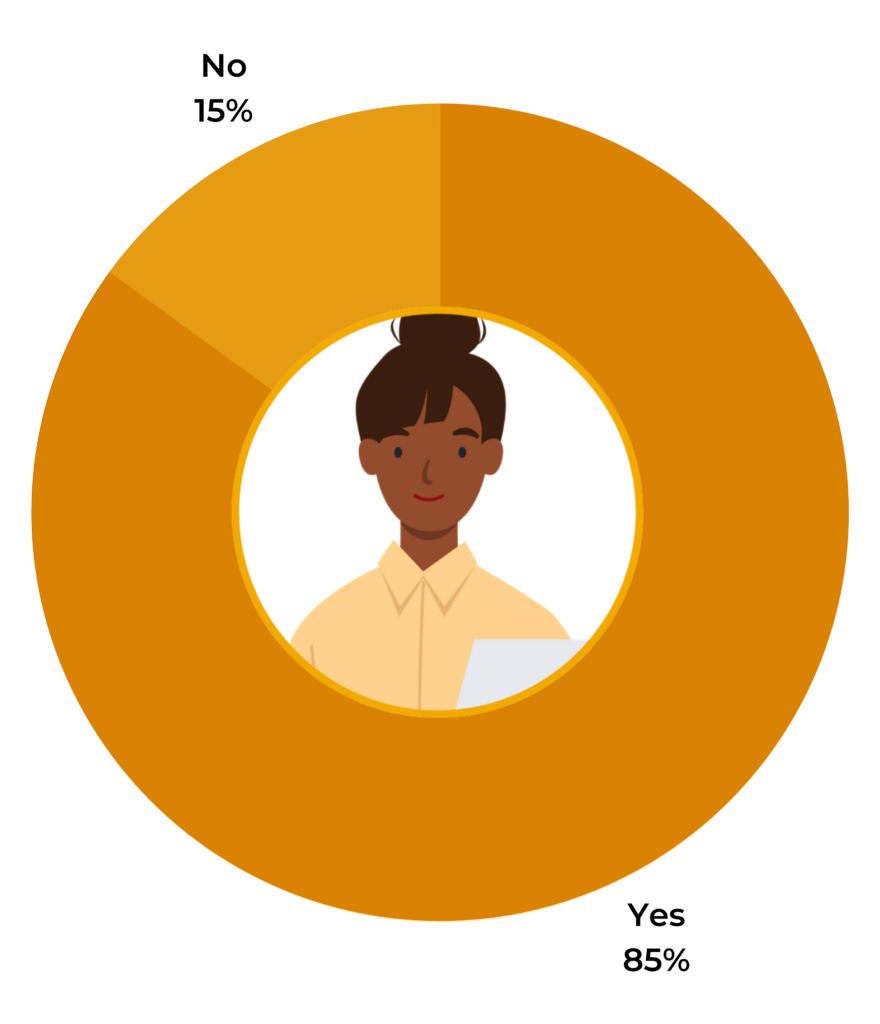
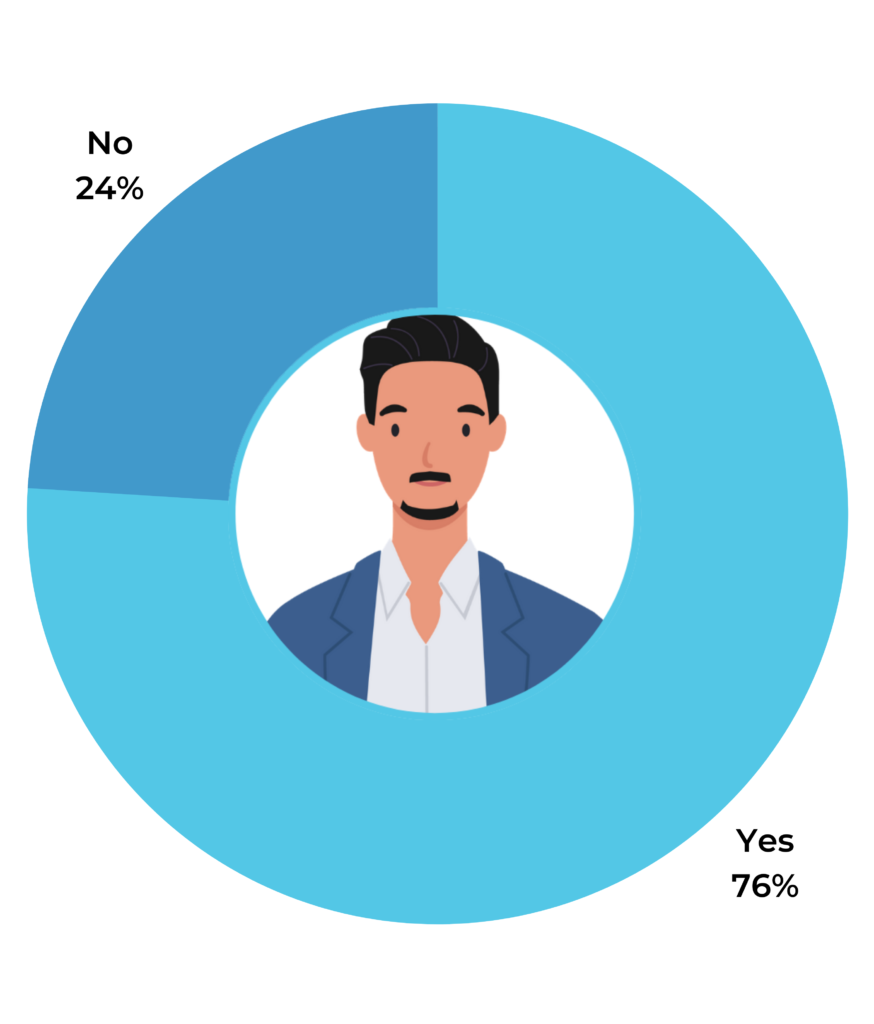
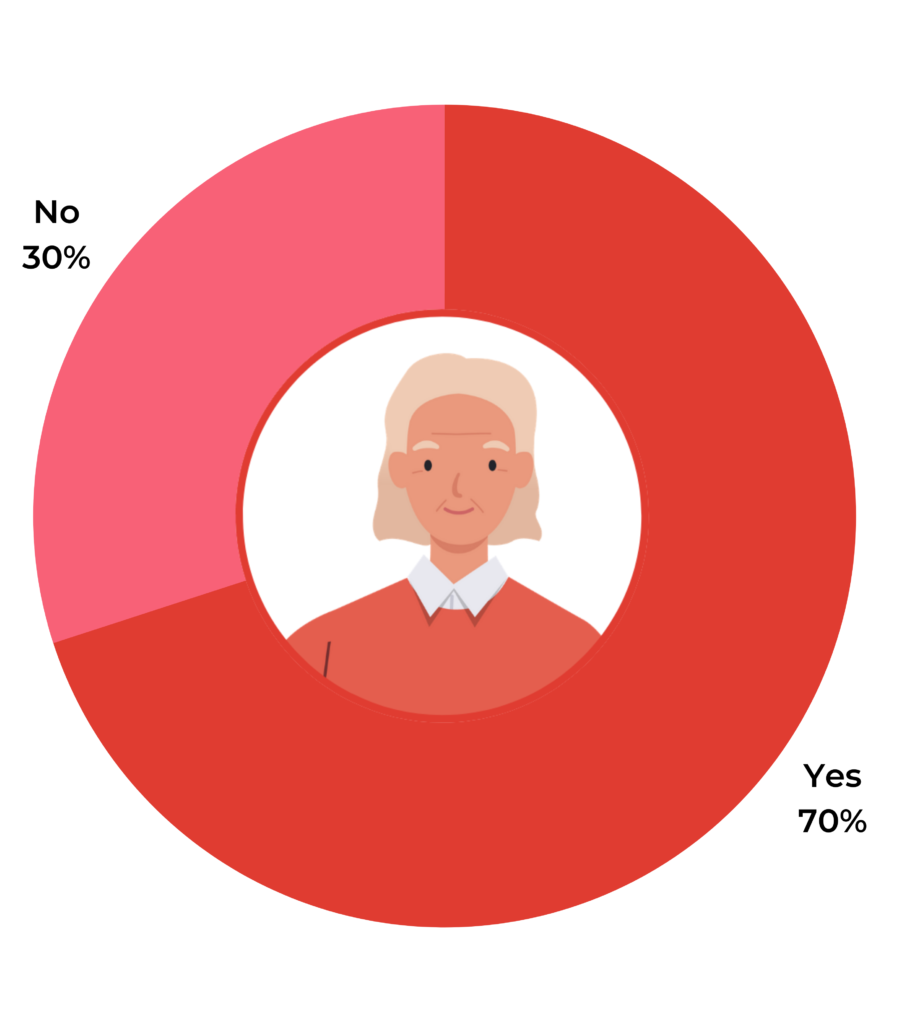




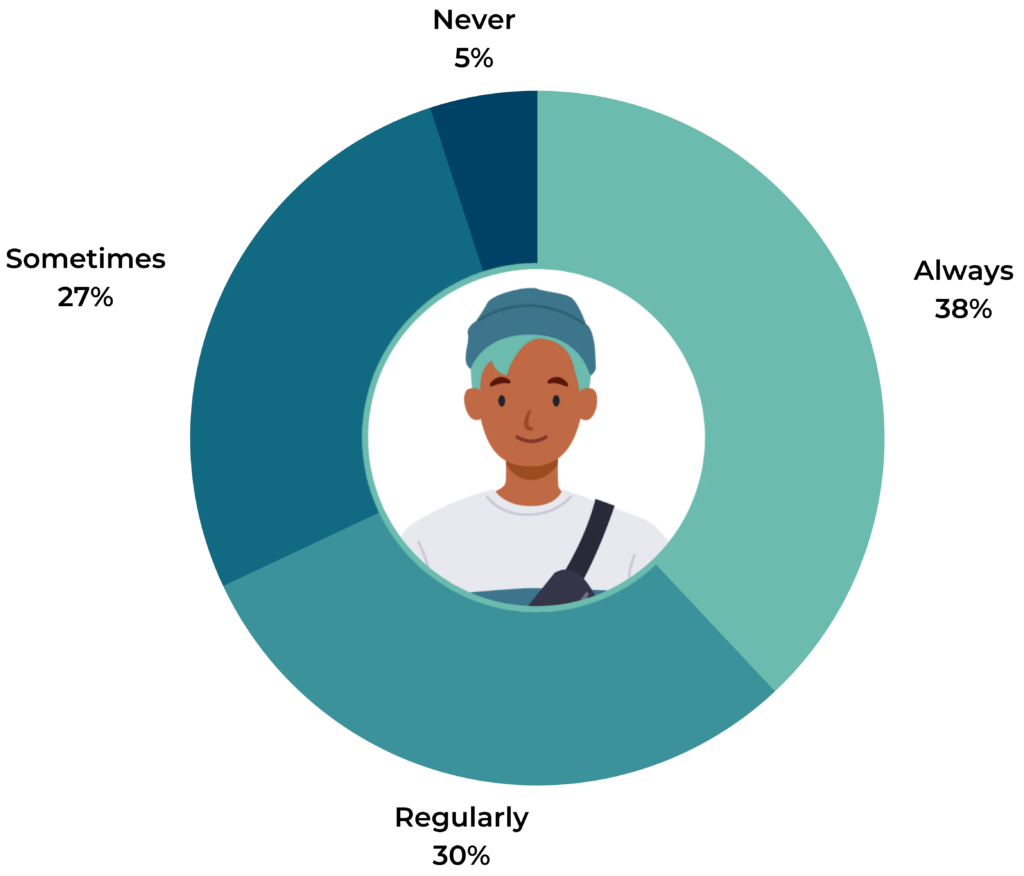
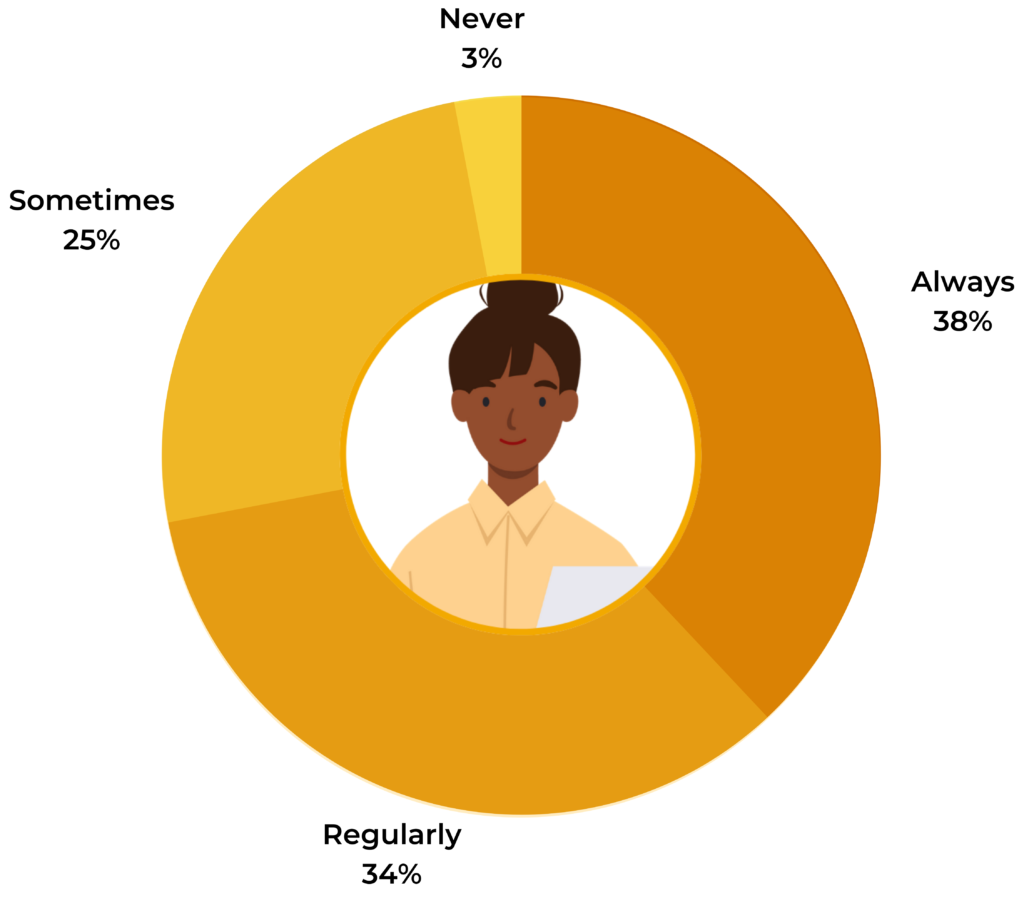
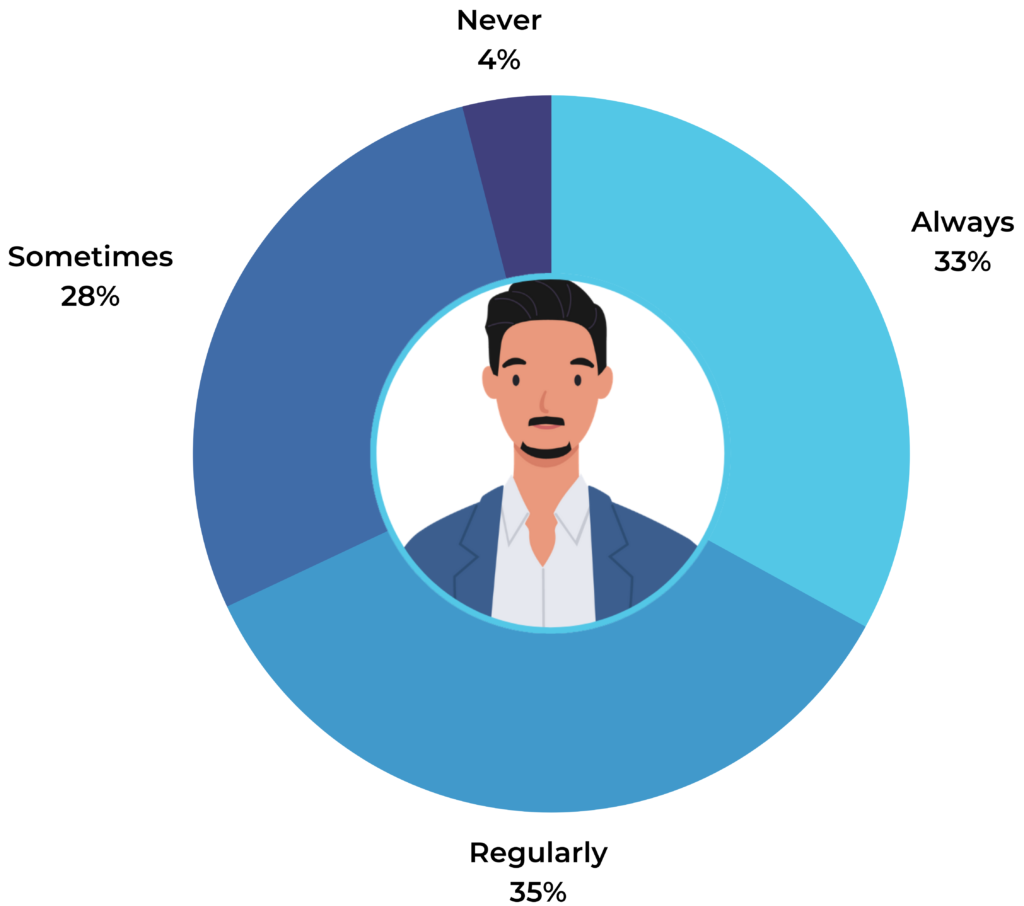
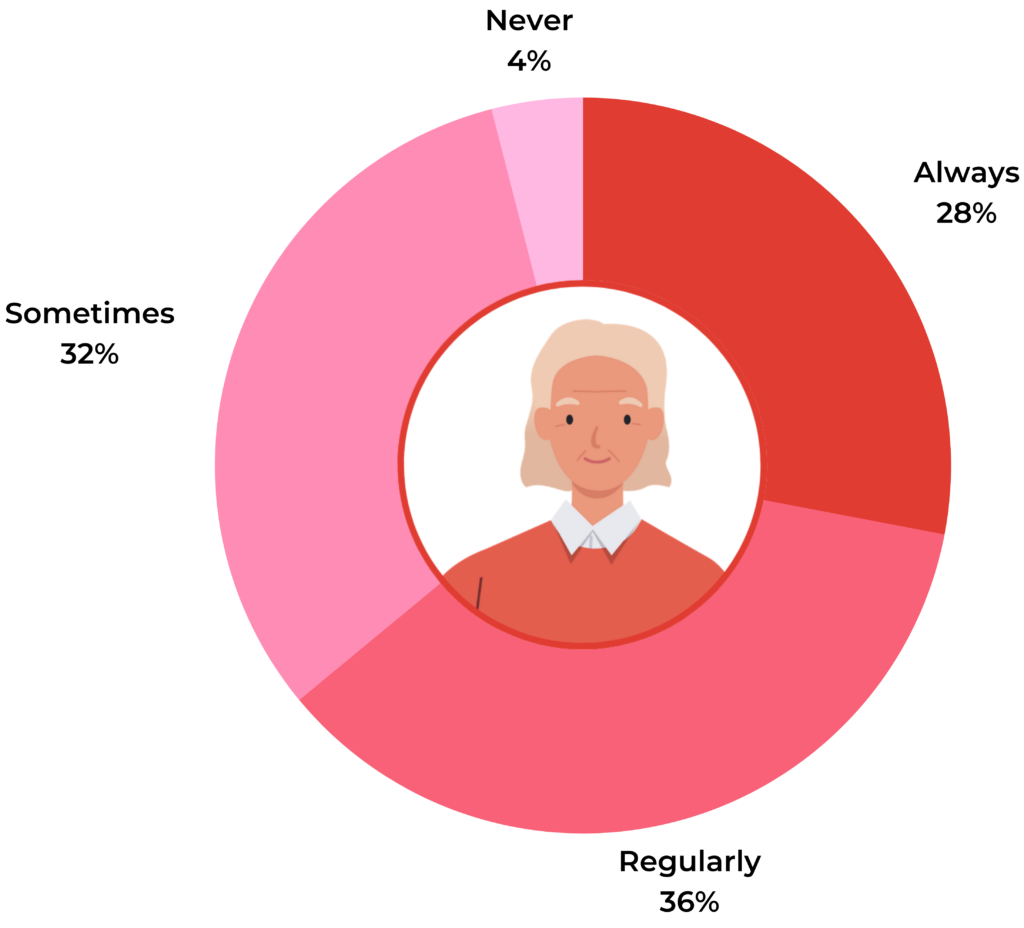
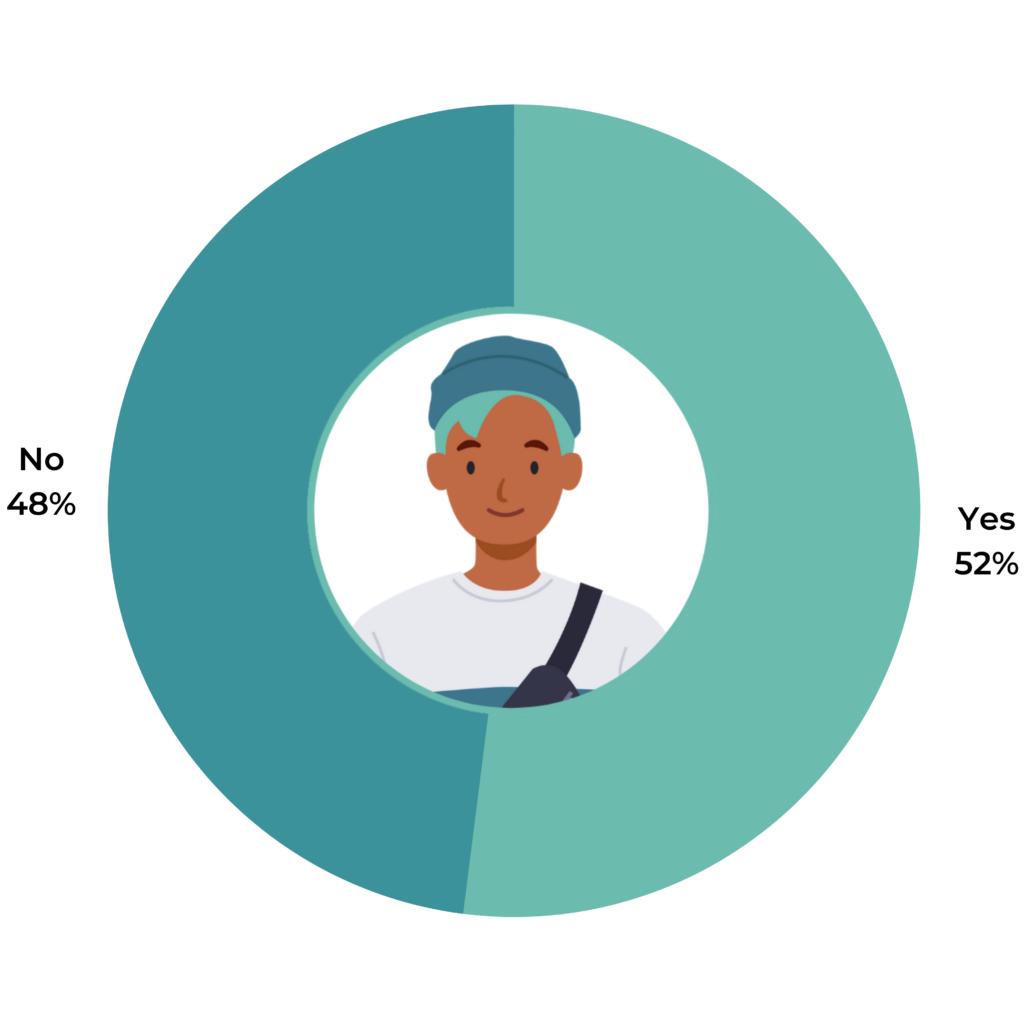
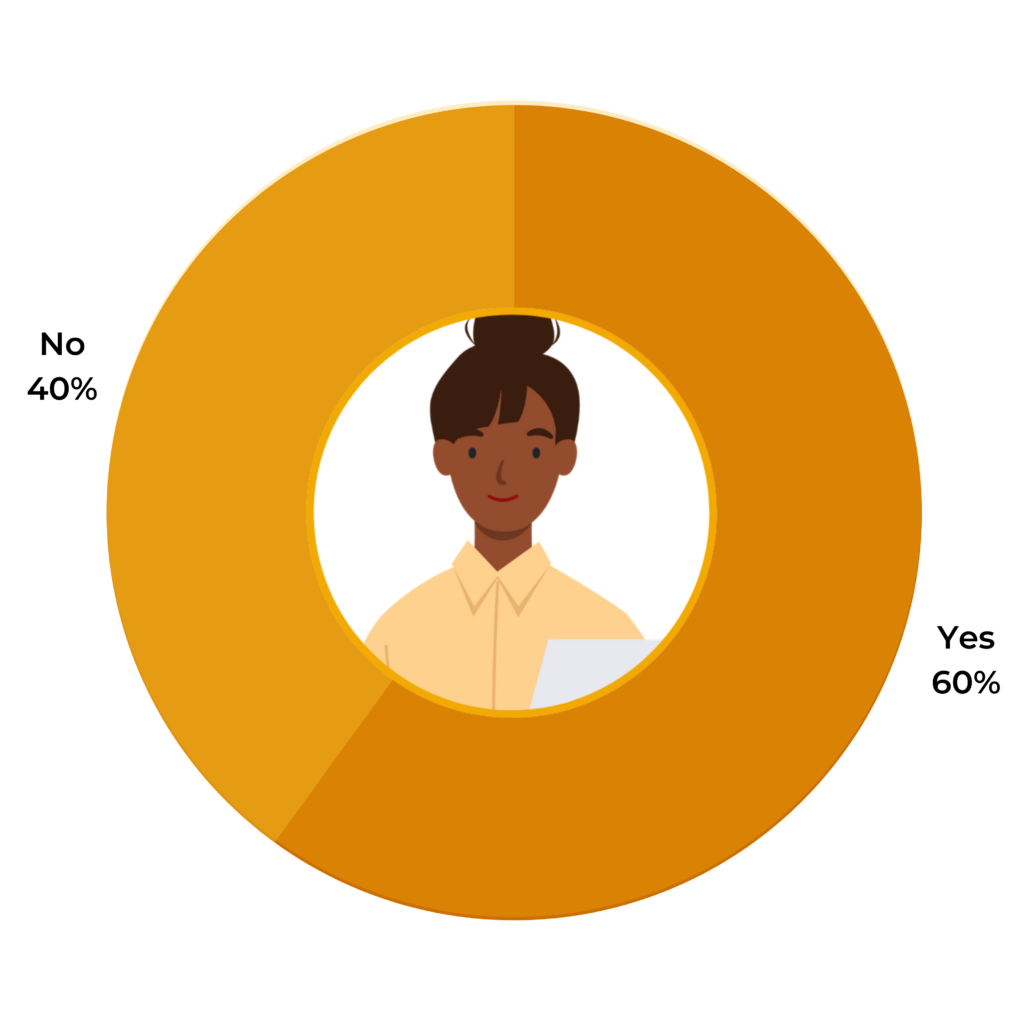
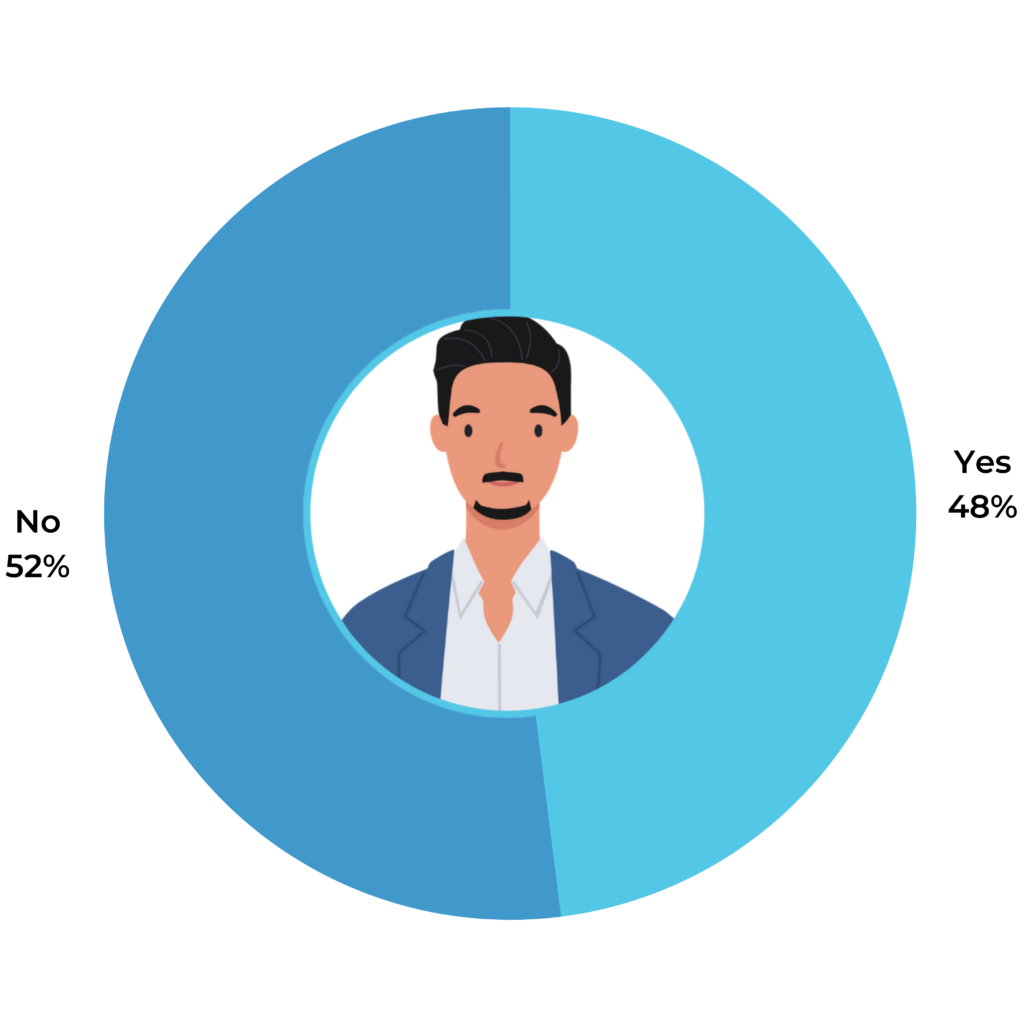
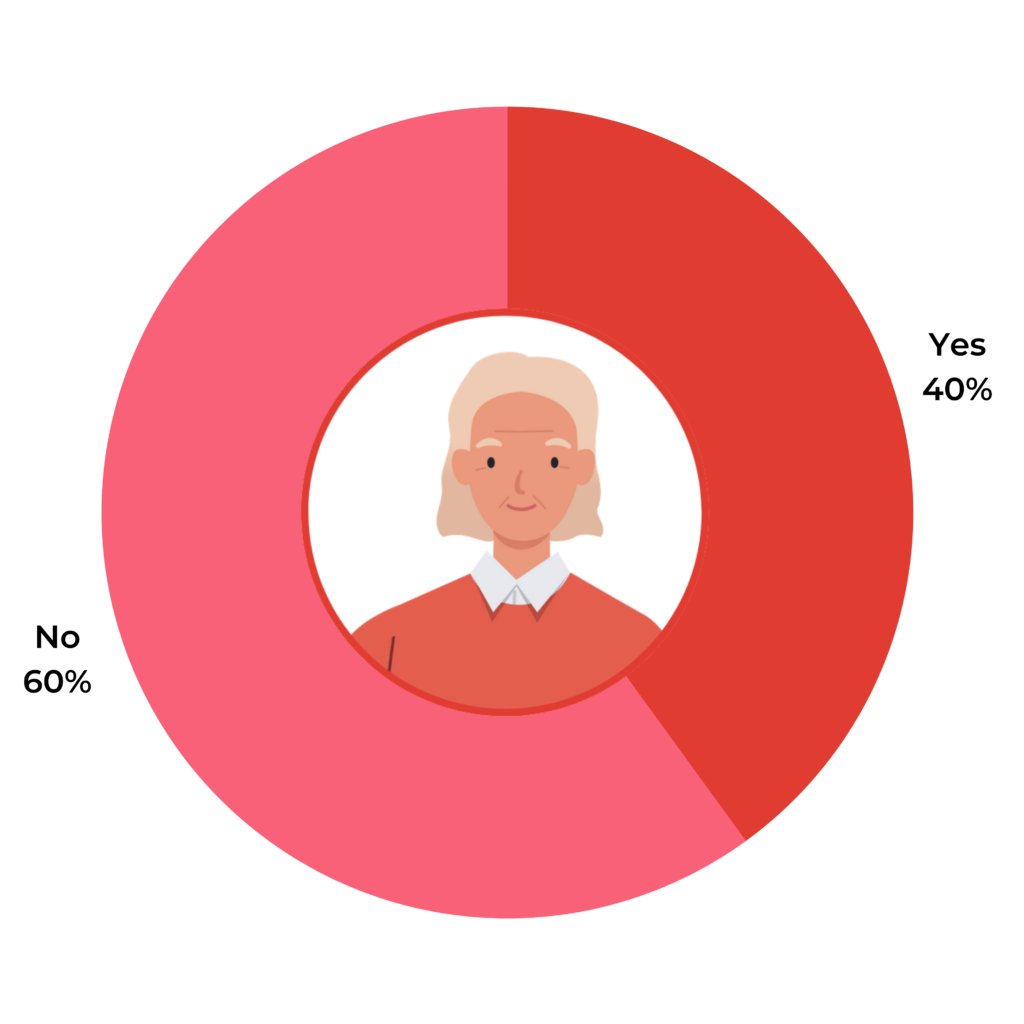
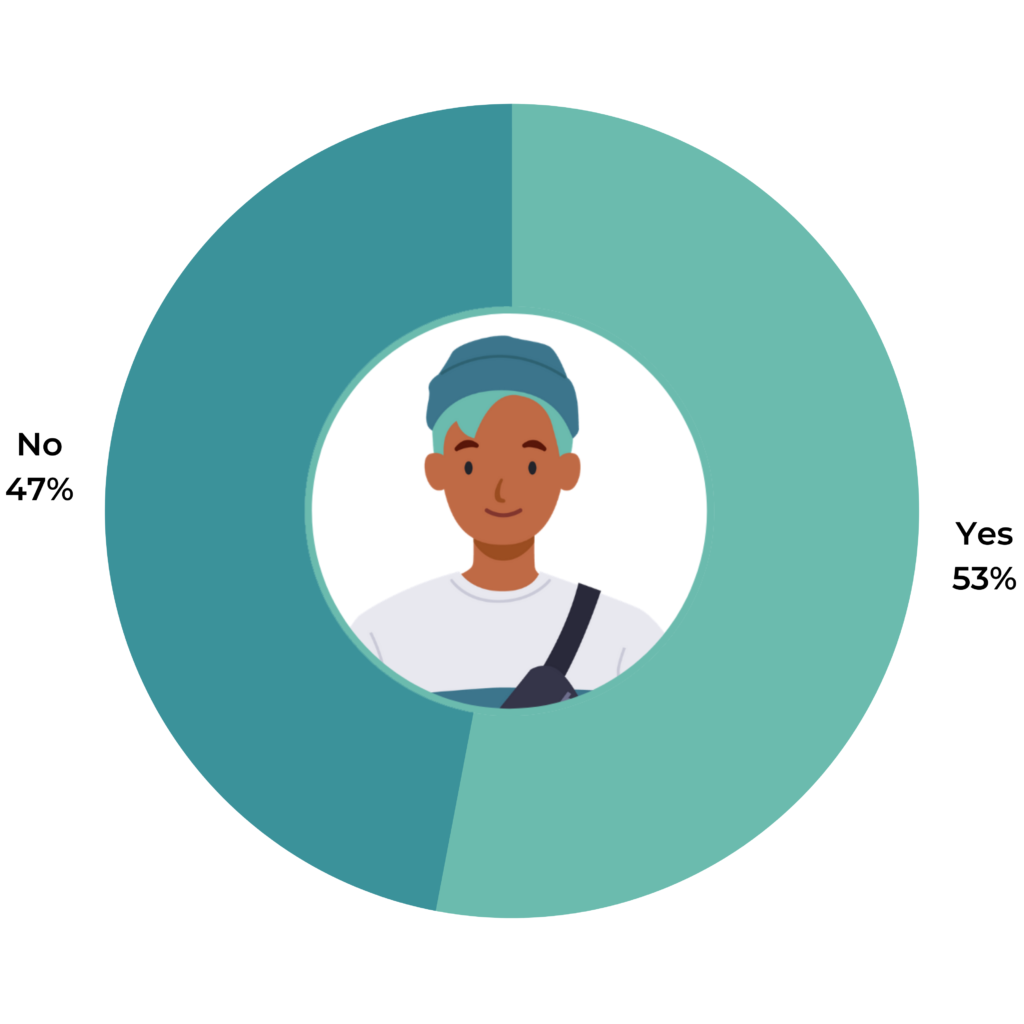
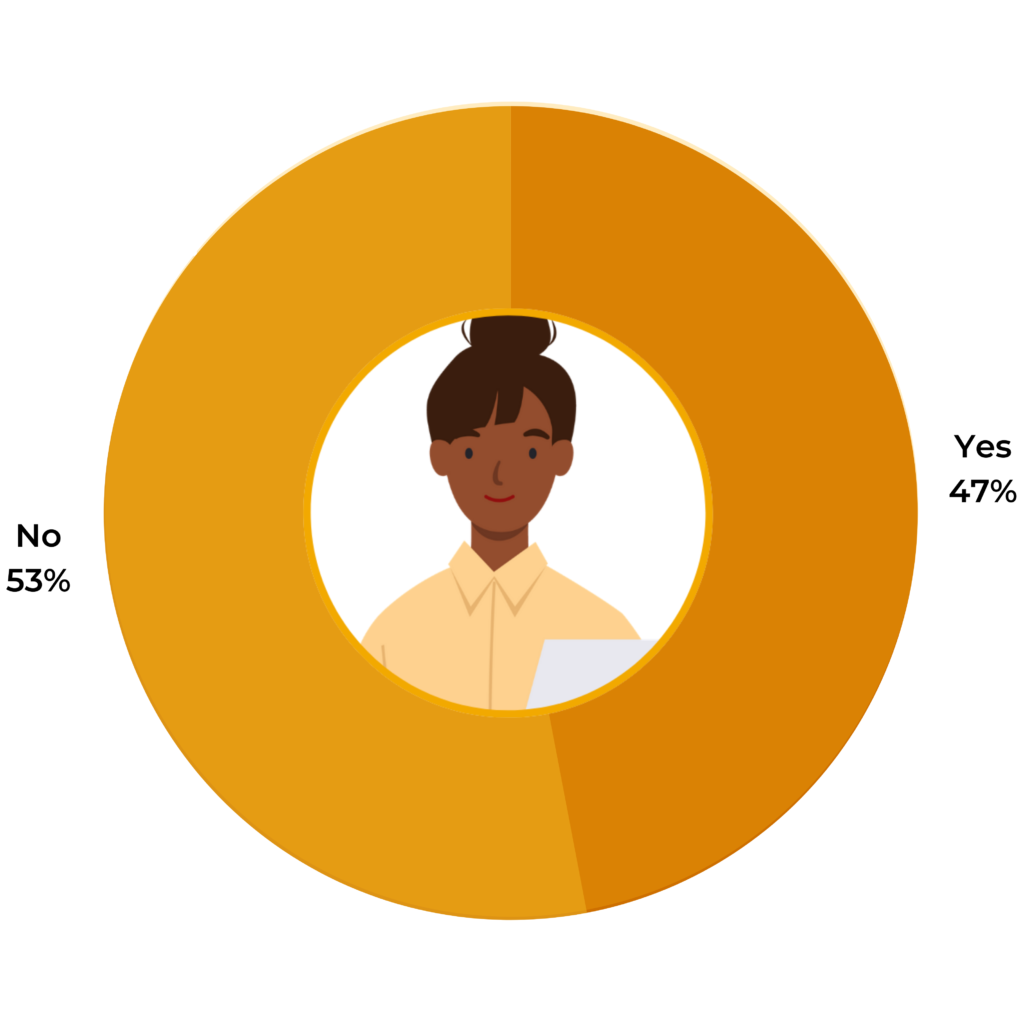
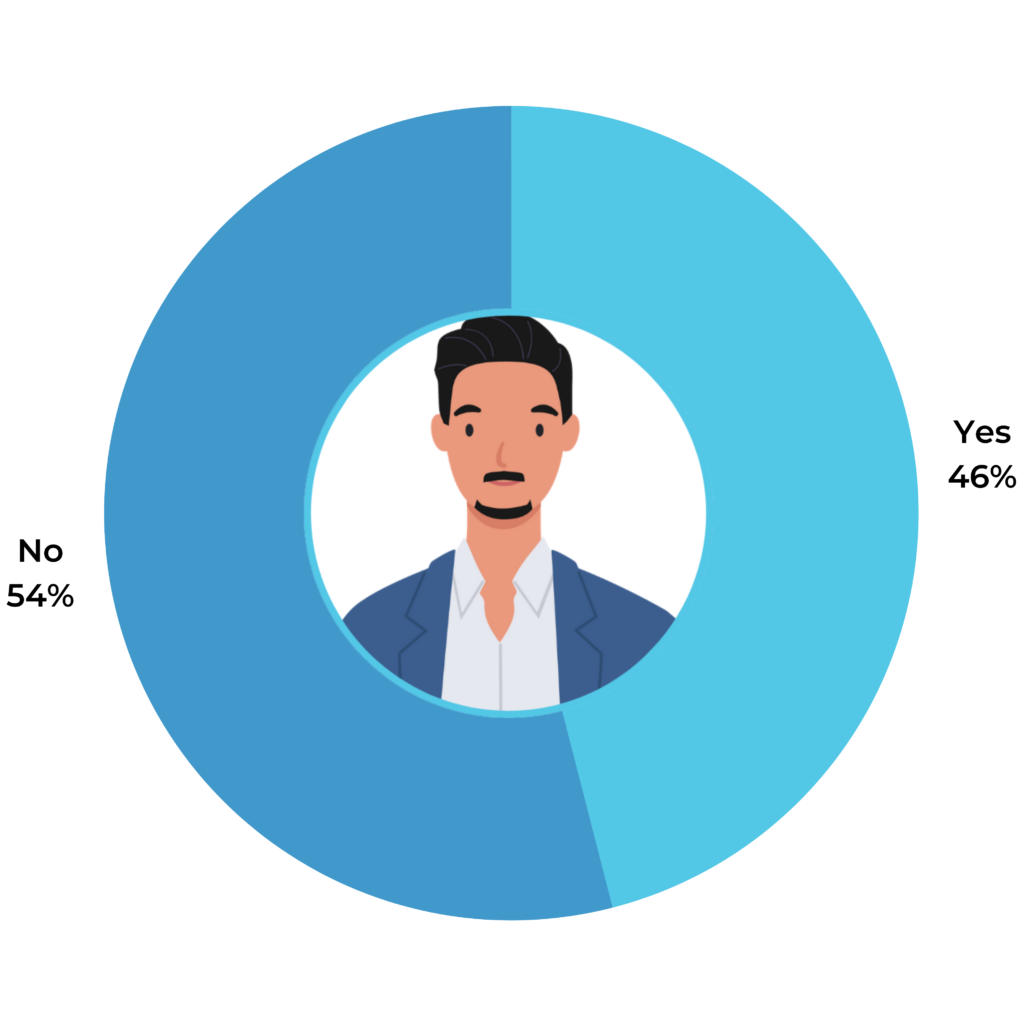
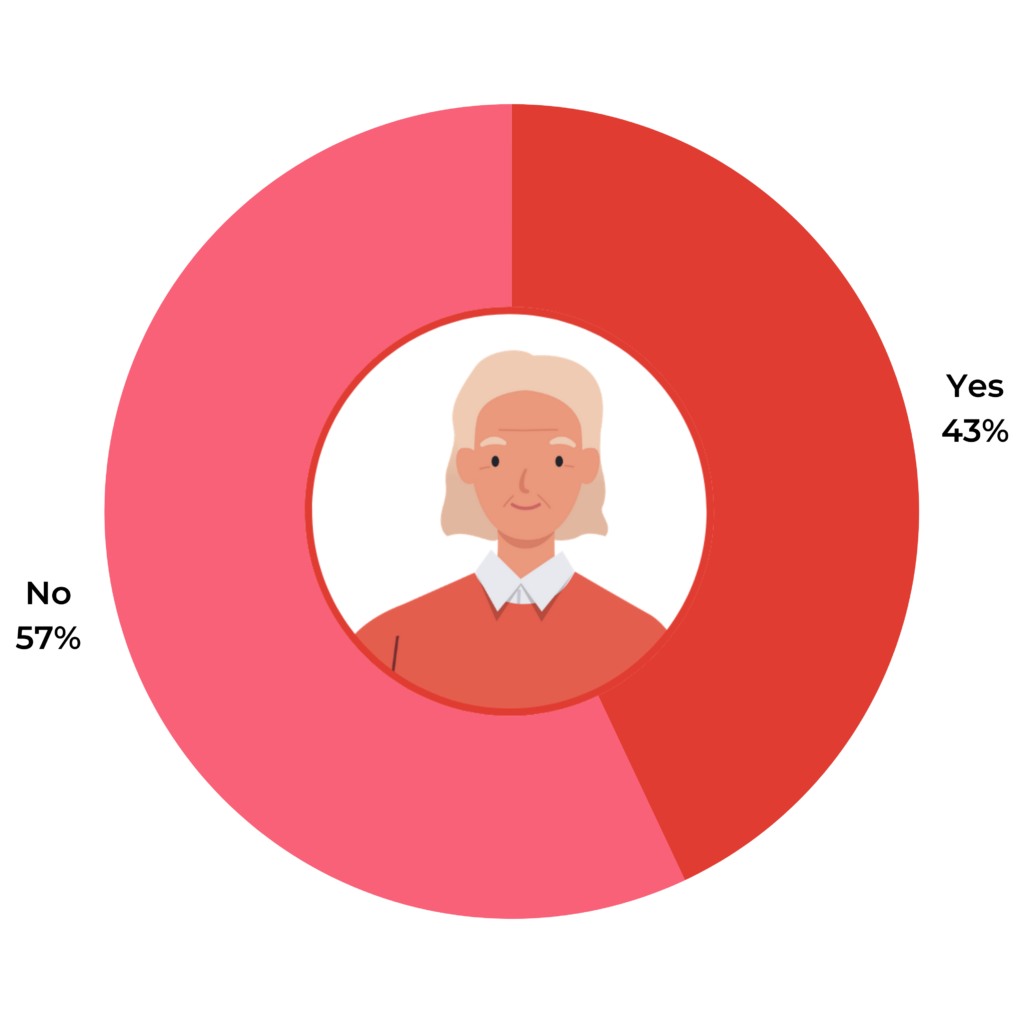

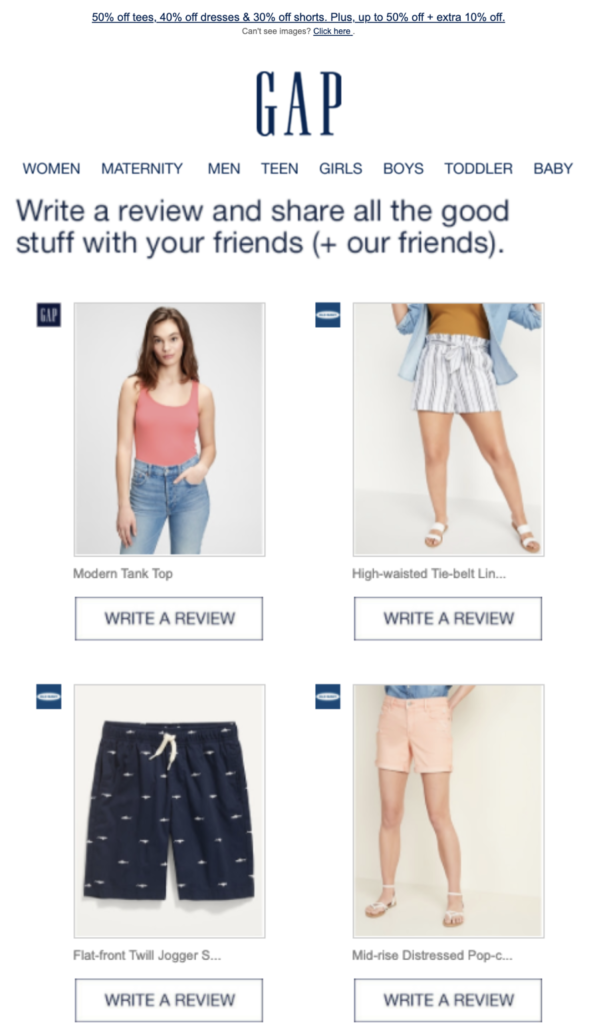
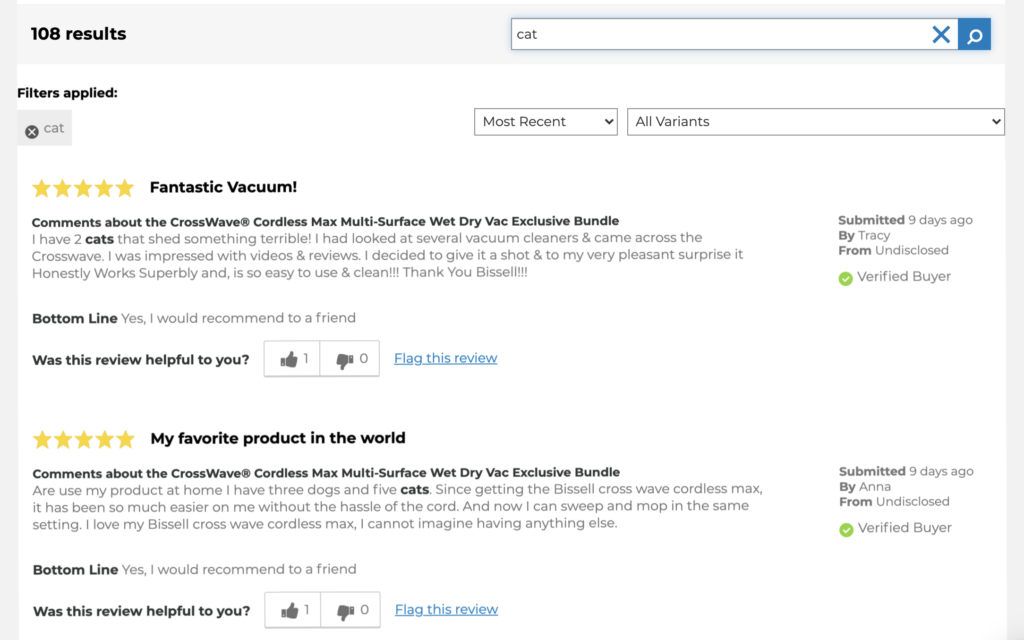

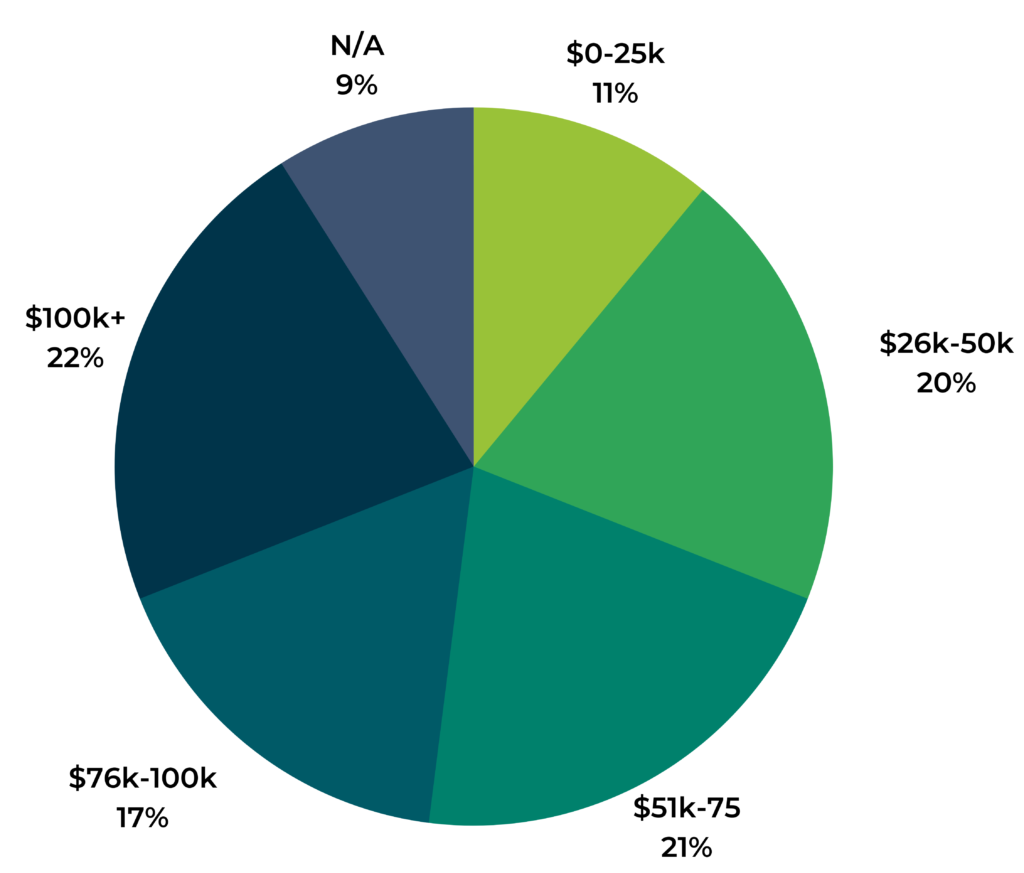
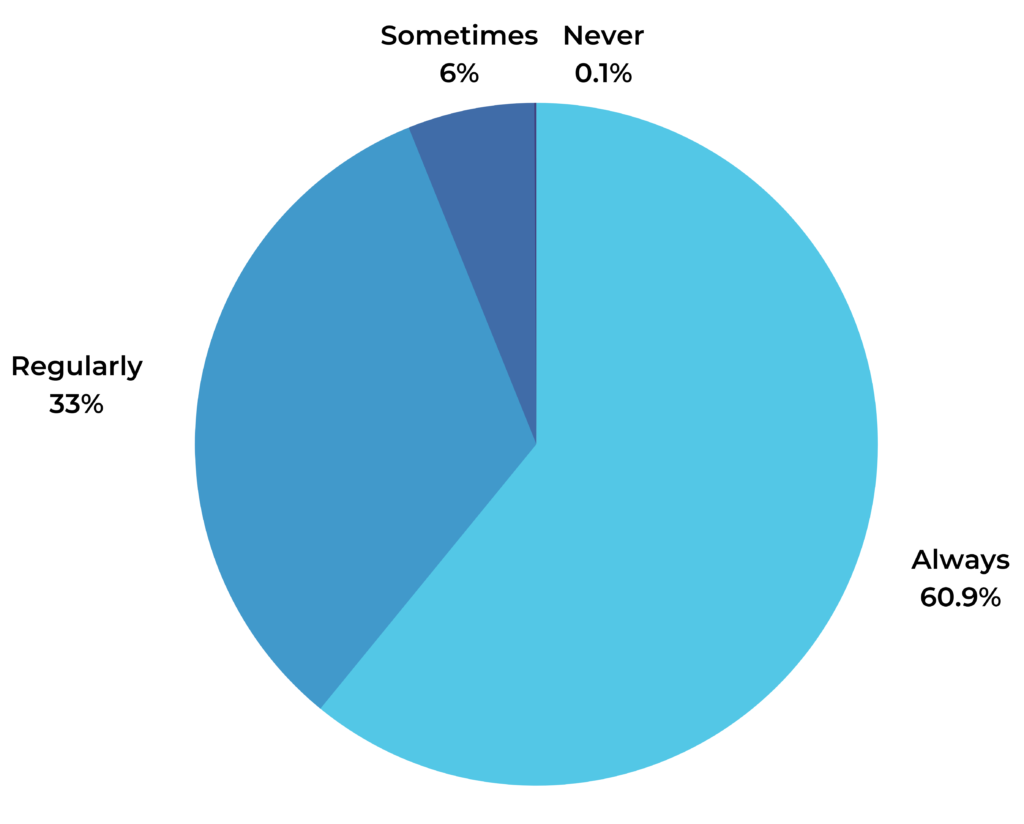
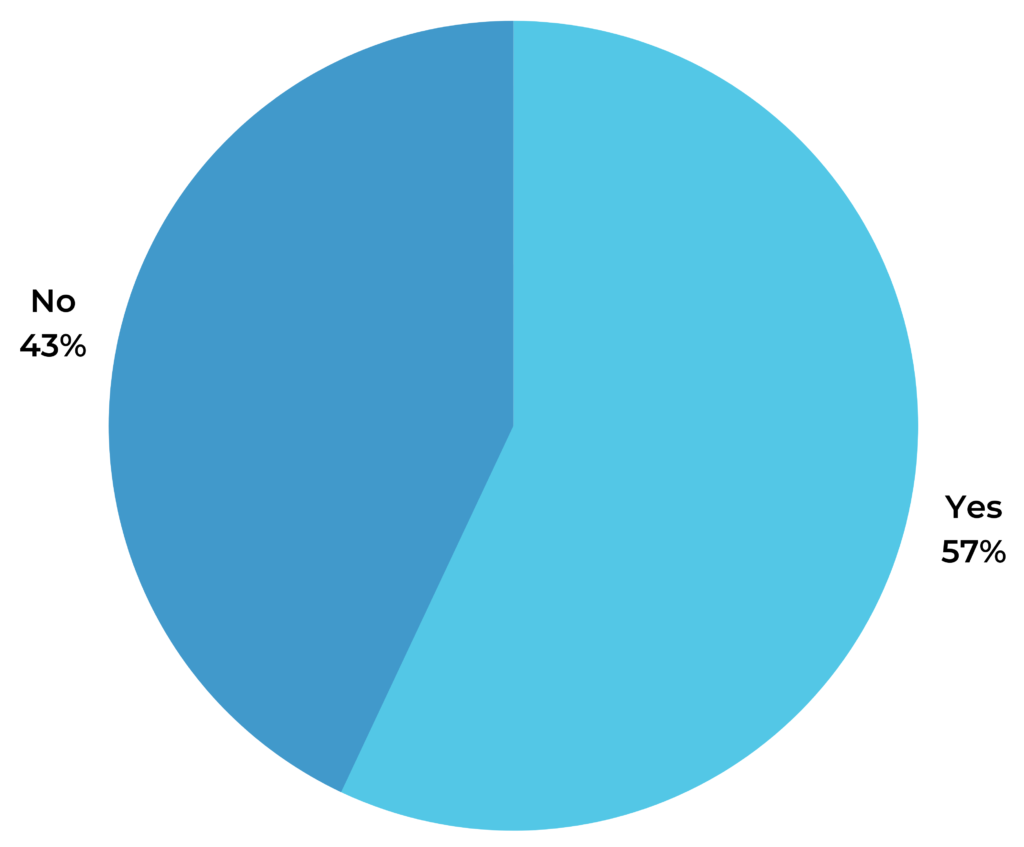
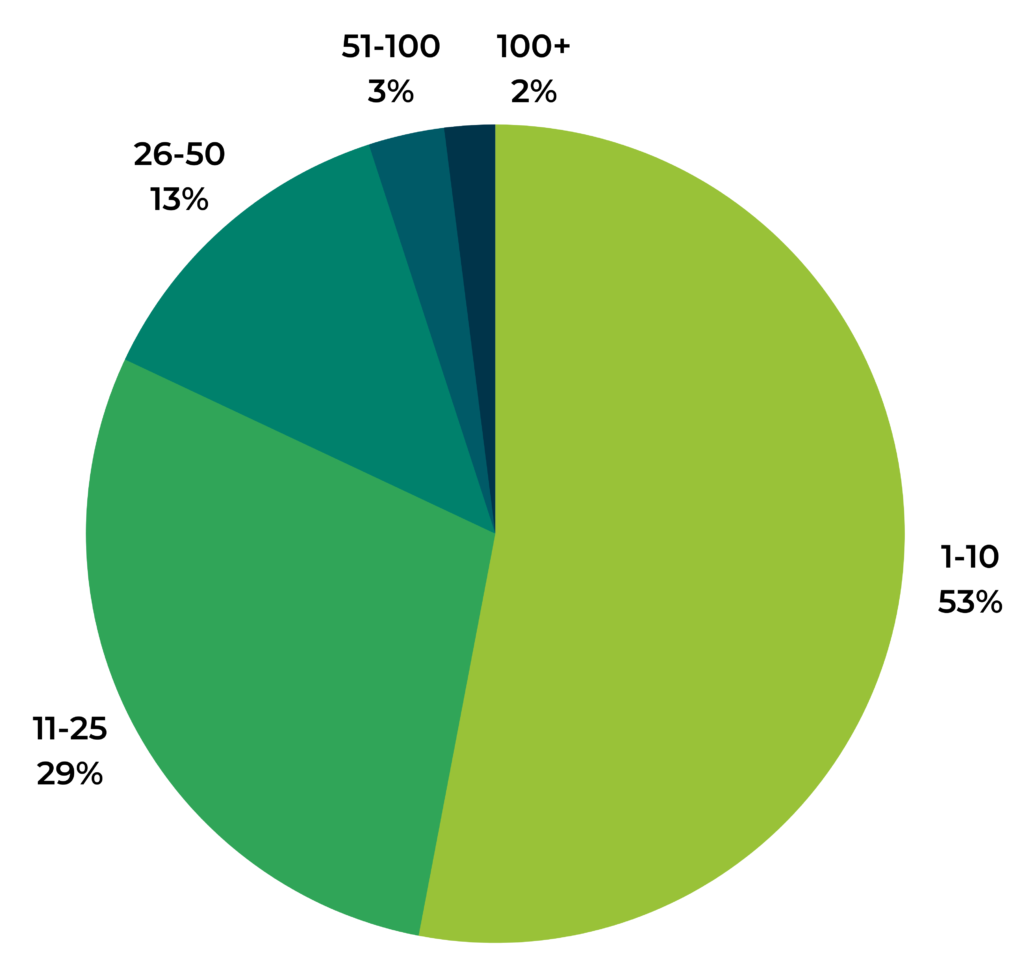
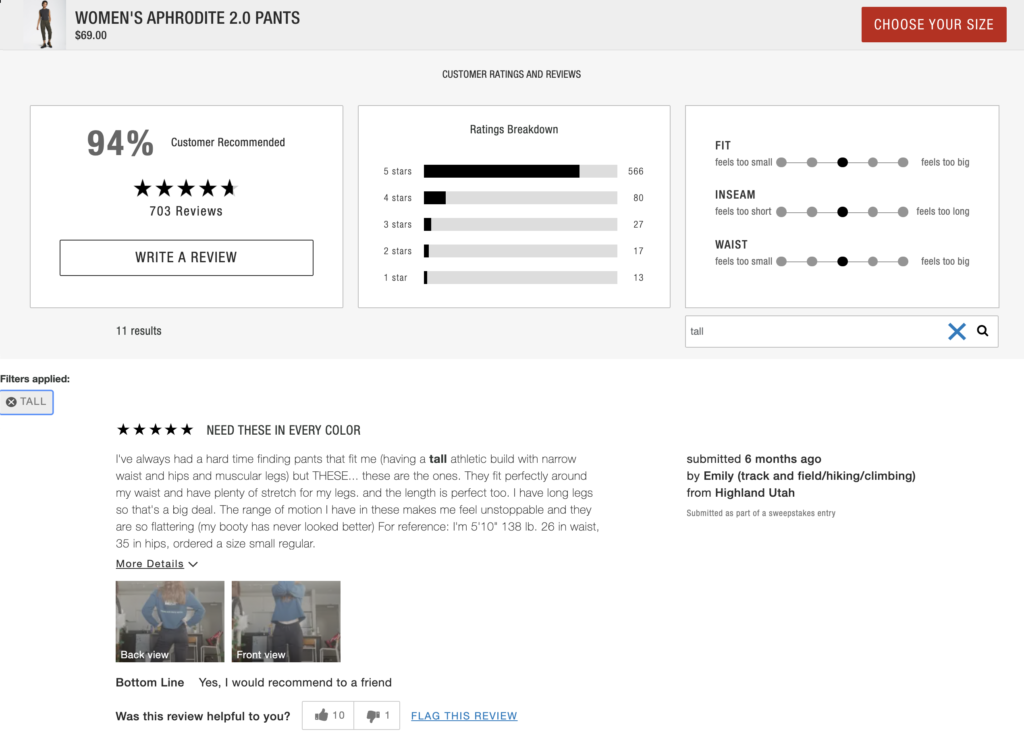


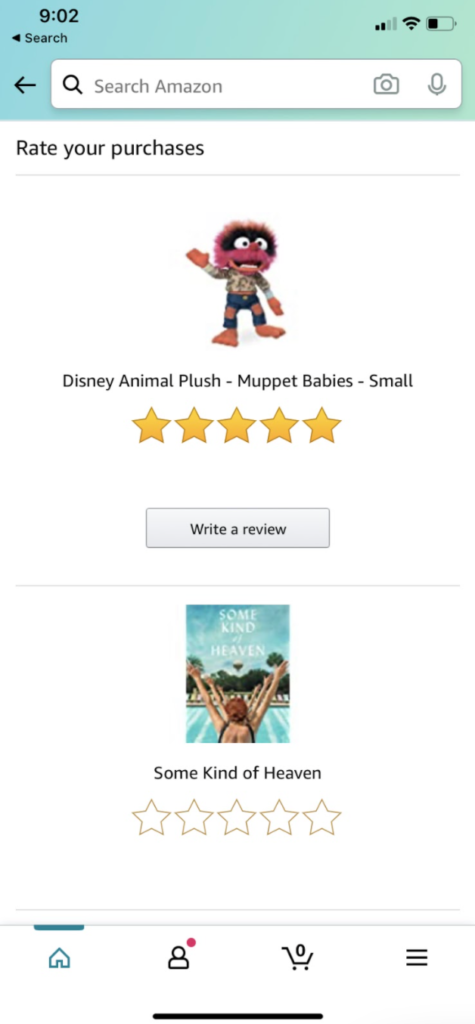
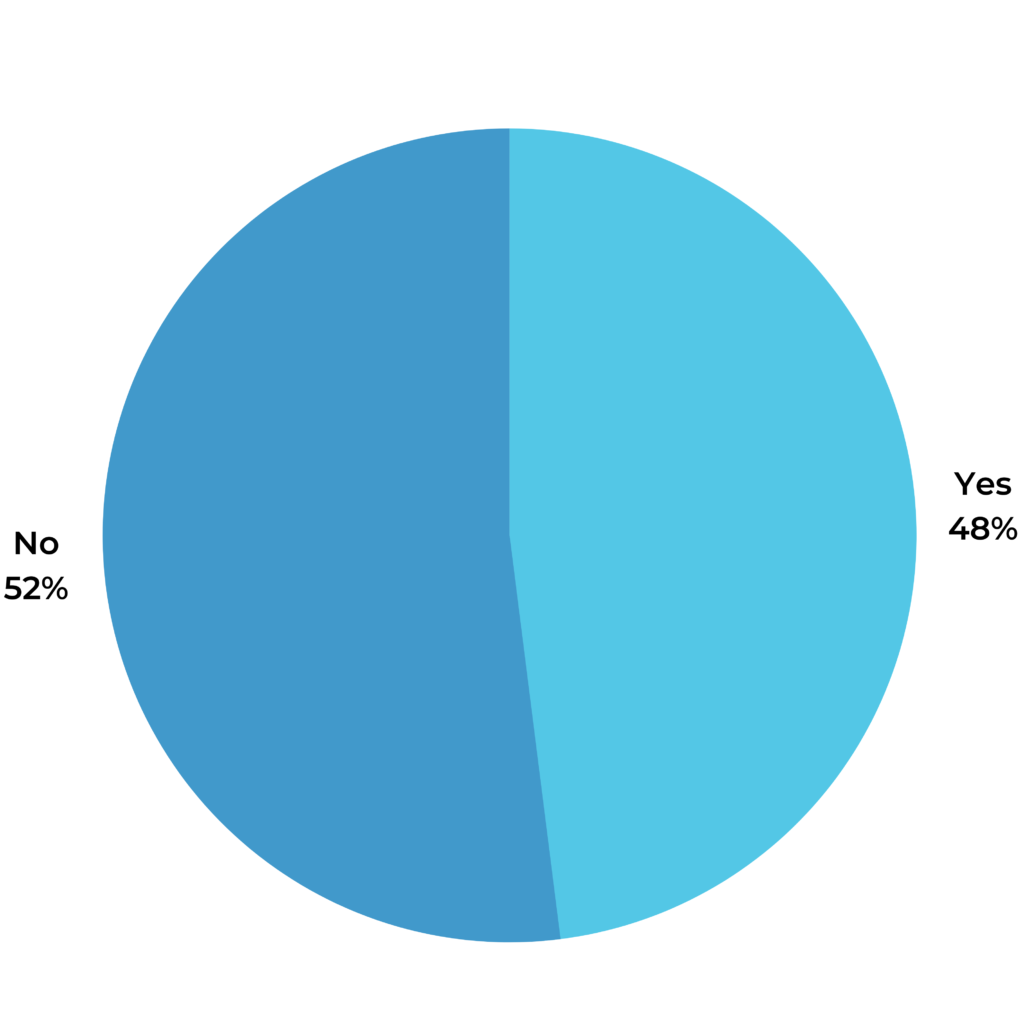
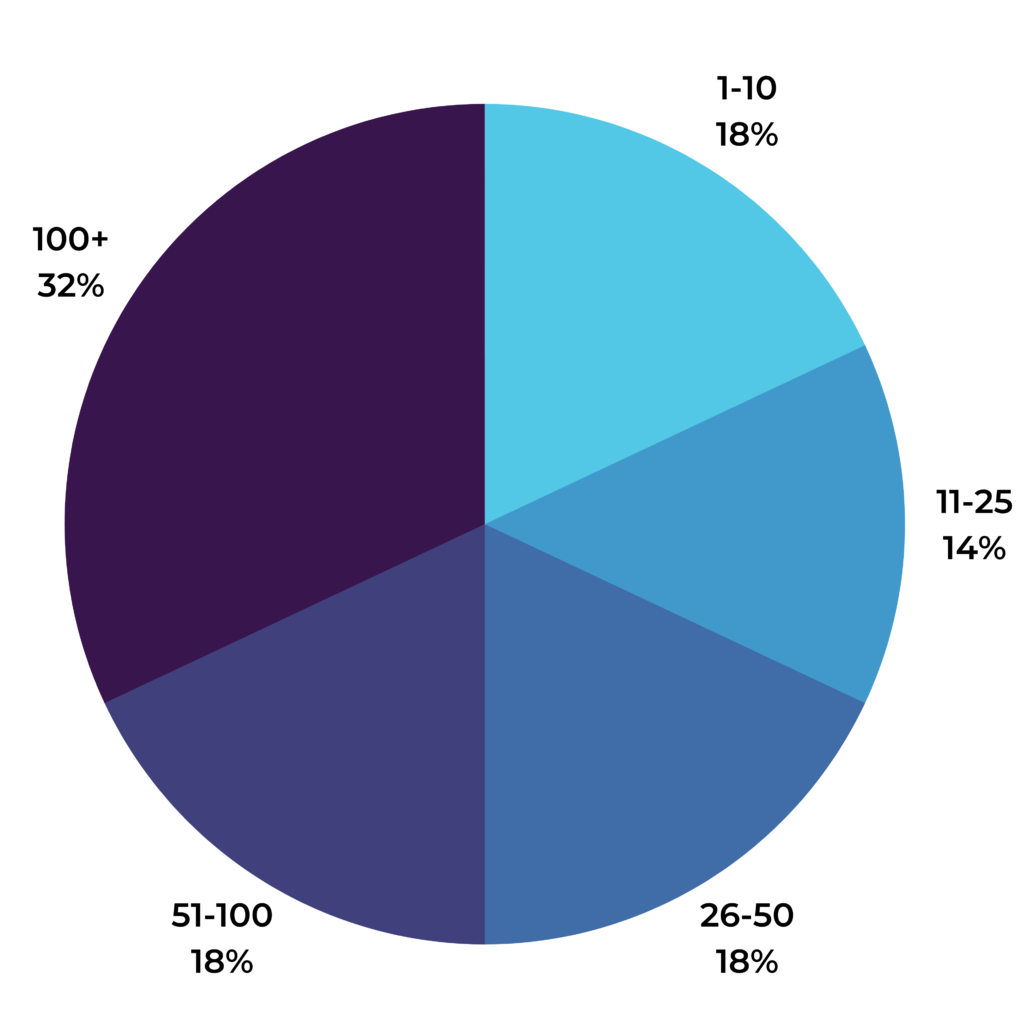

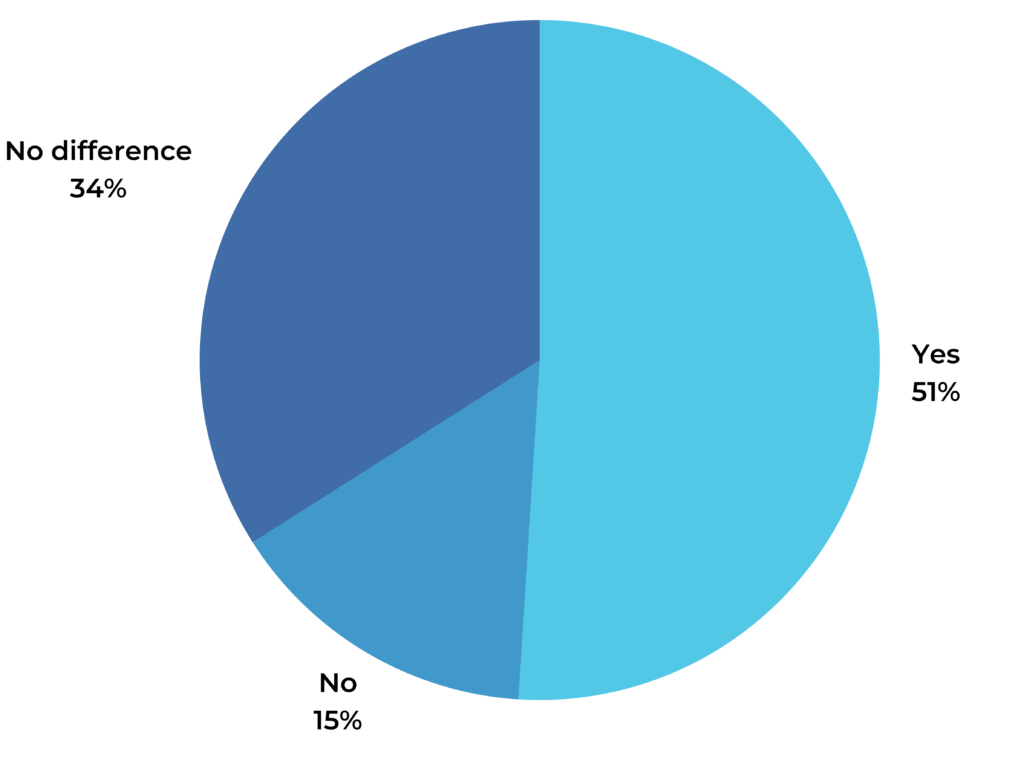
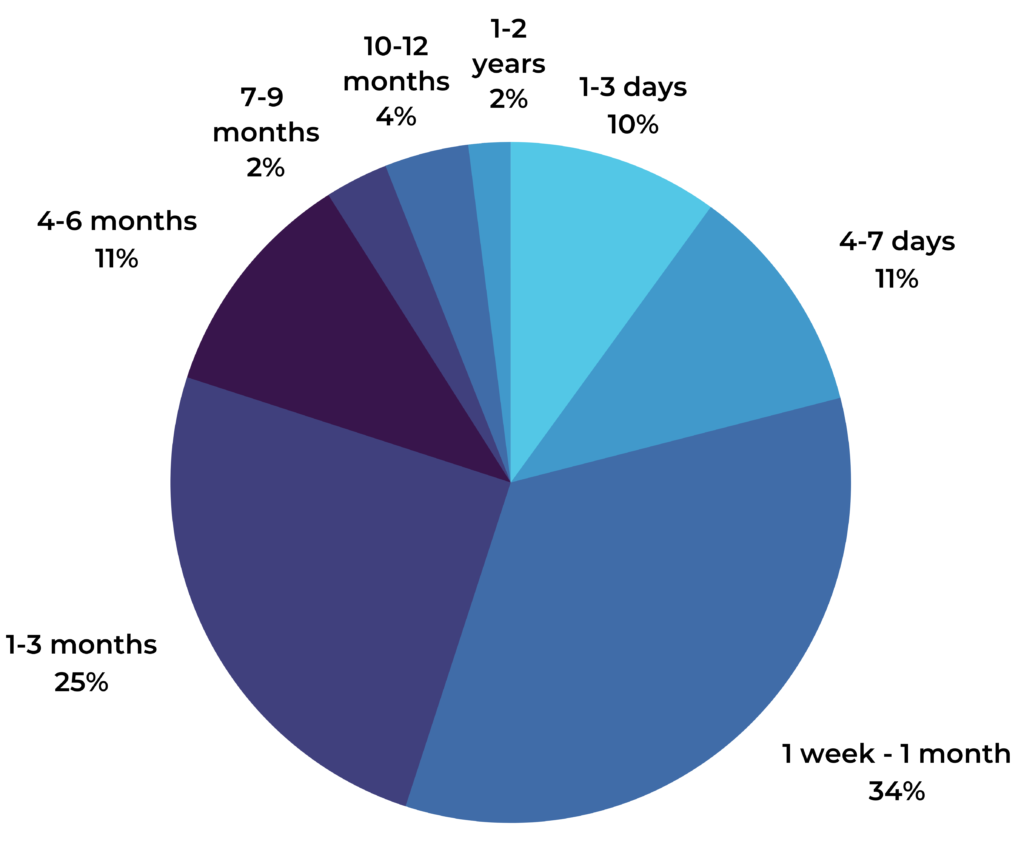
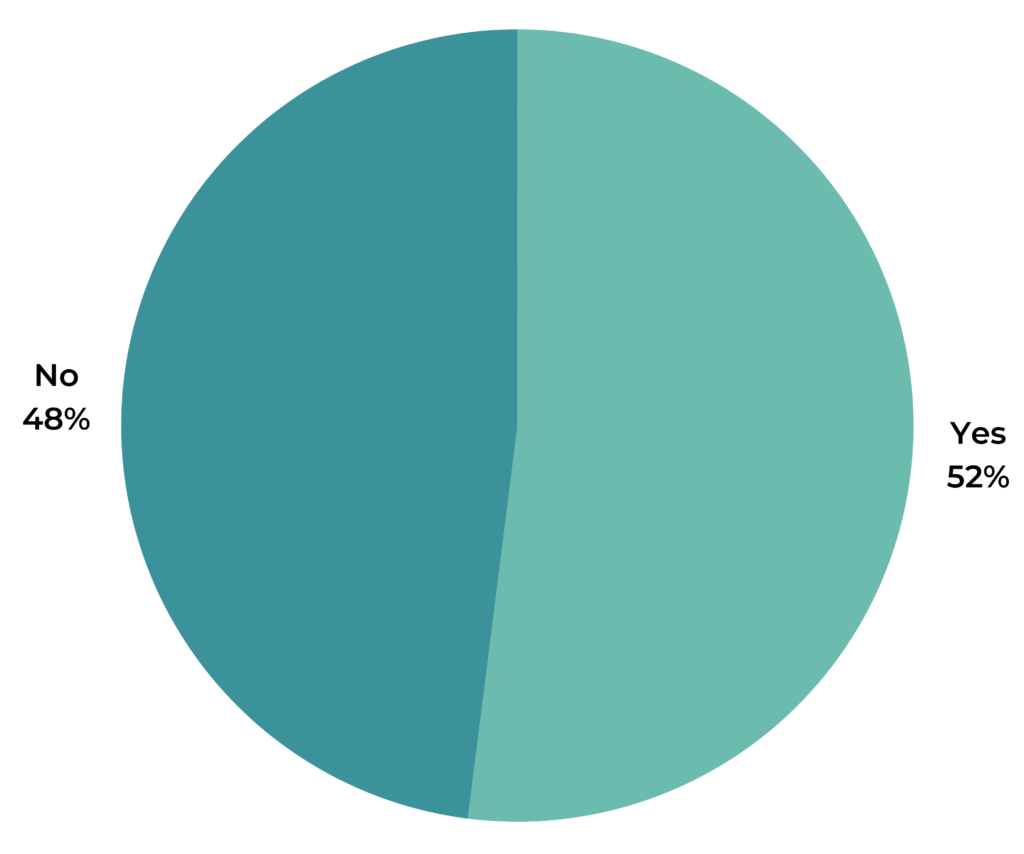
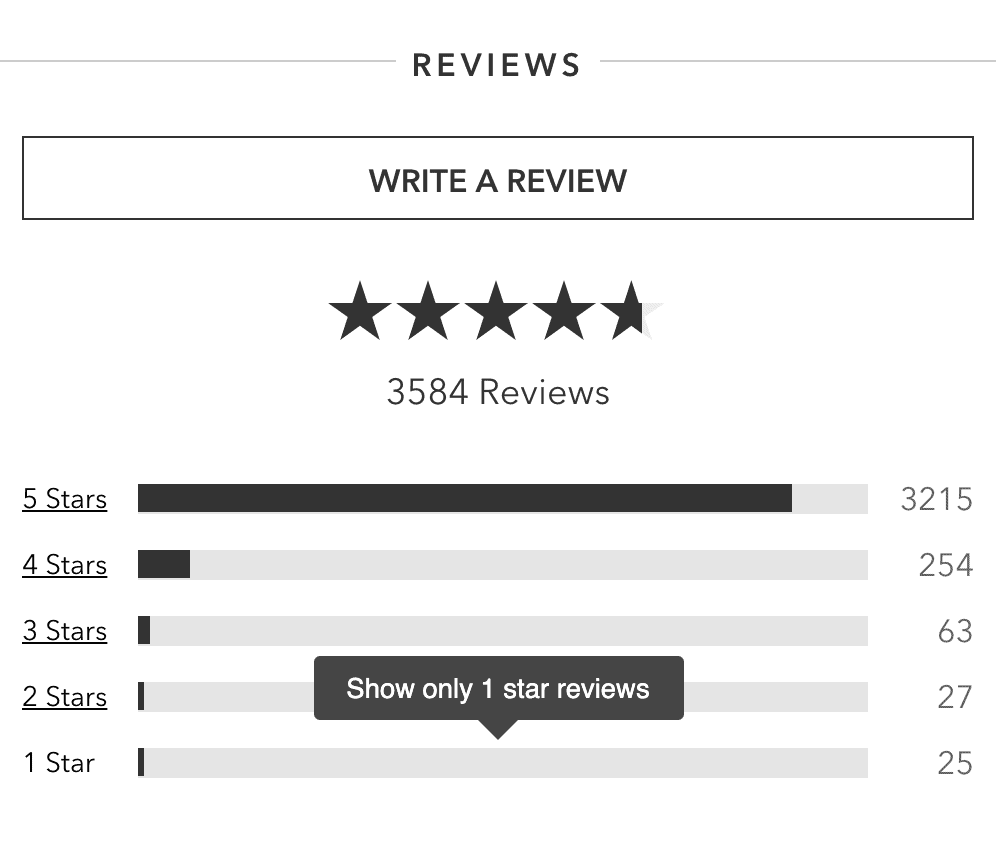
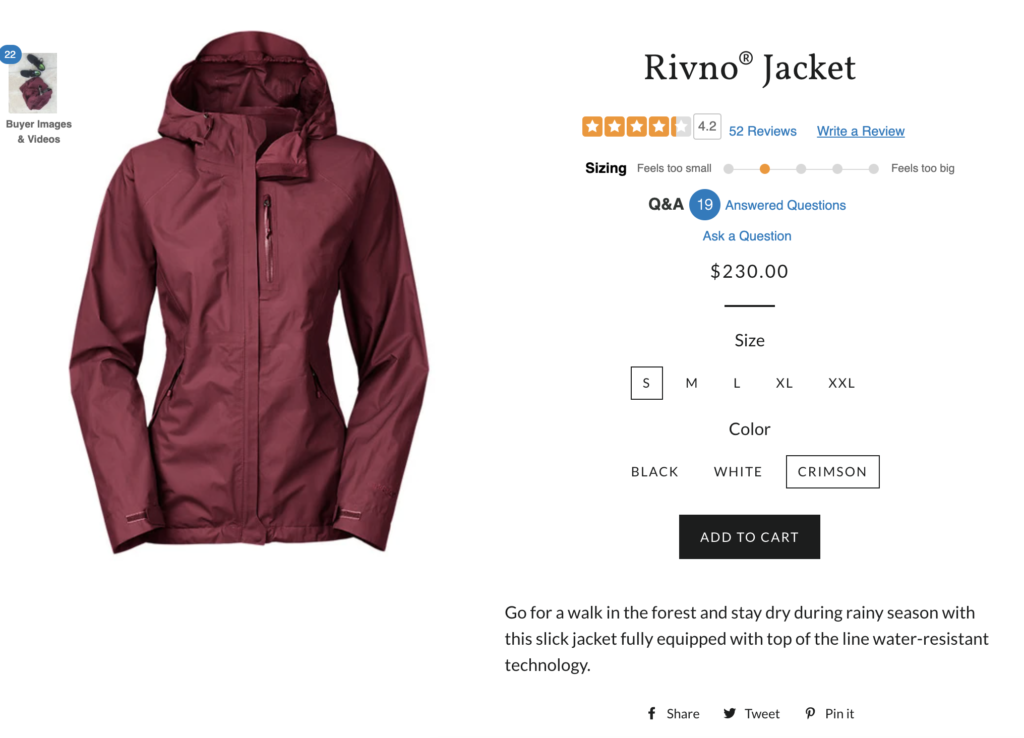
Post a Comment for "Percentage of Customers Who Read Reviews Before Purchasing Online"